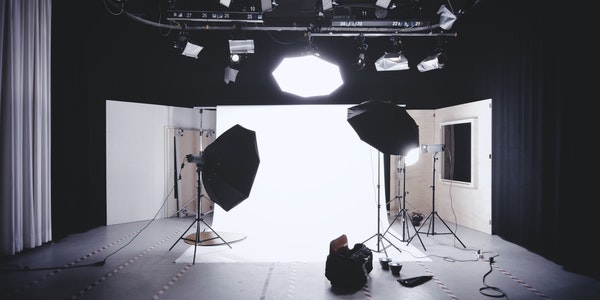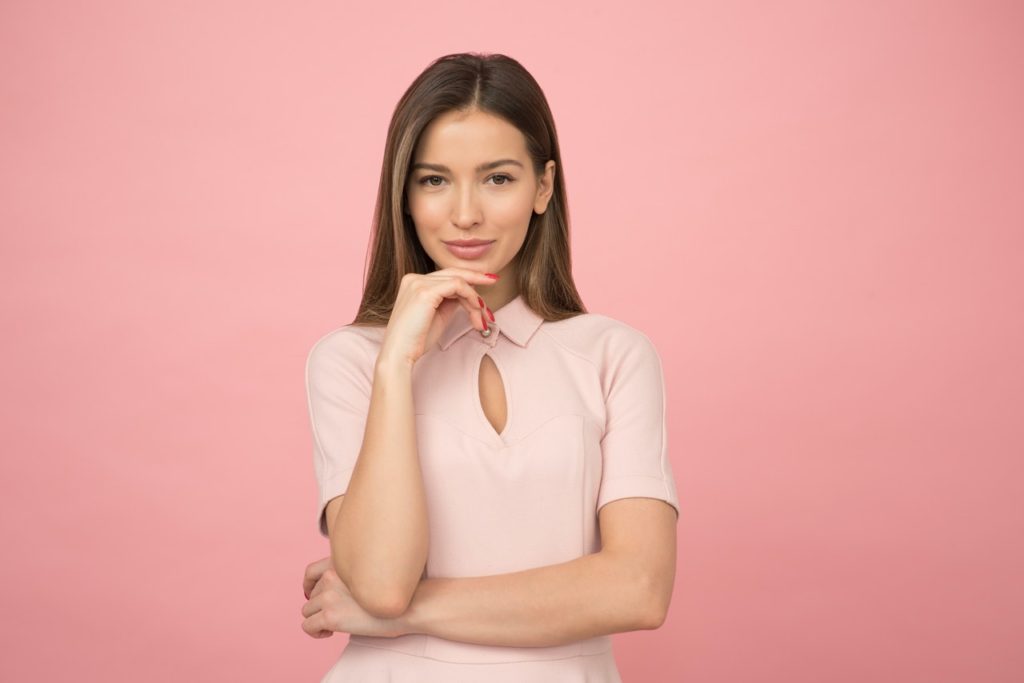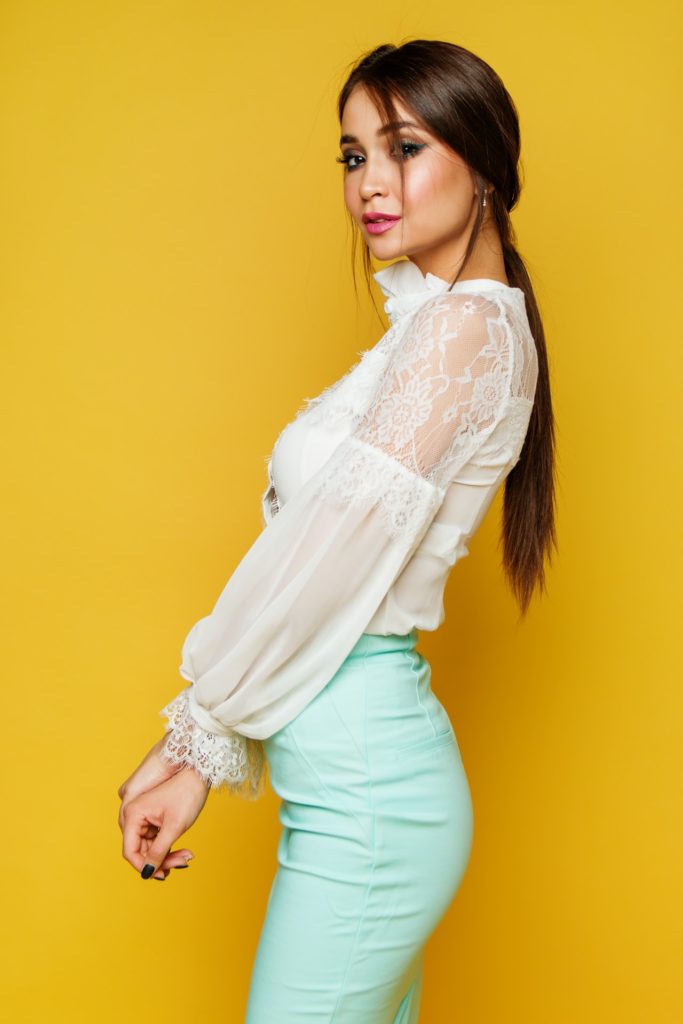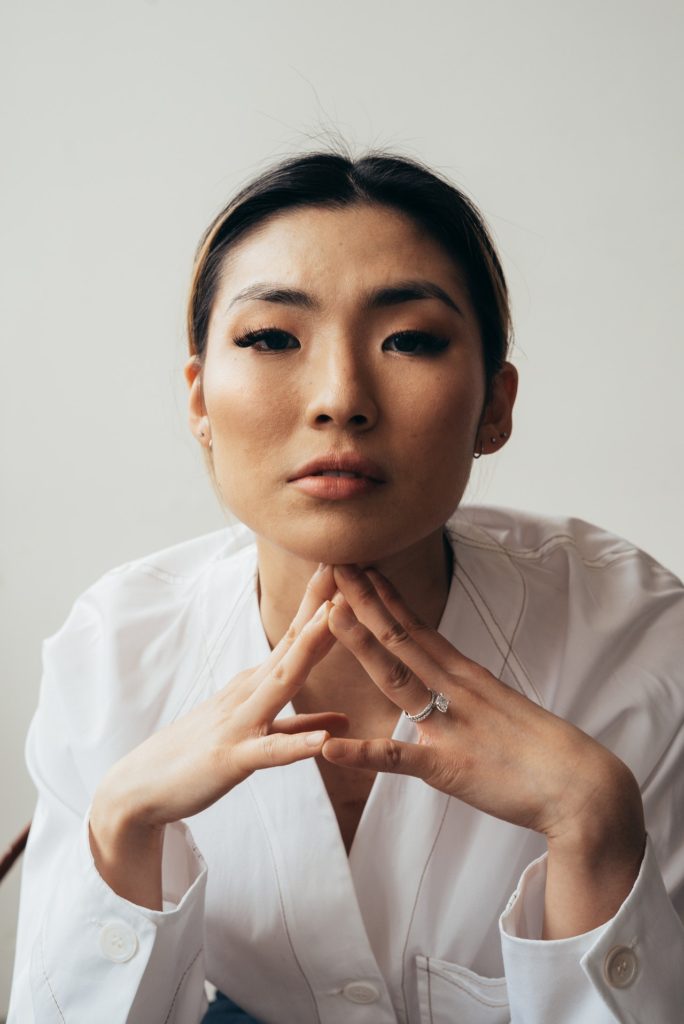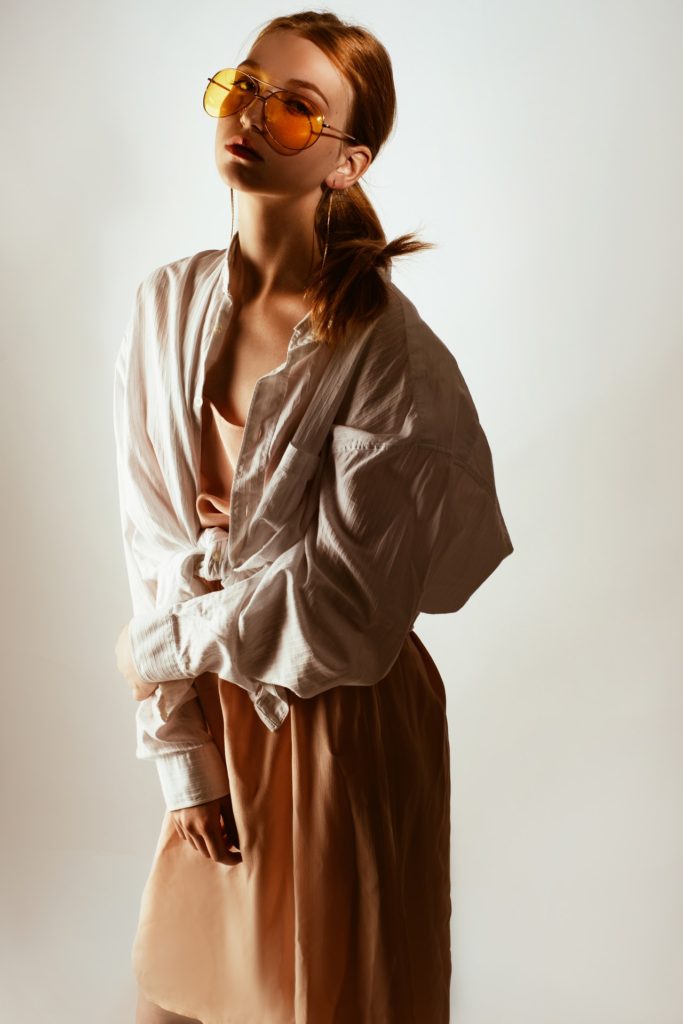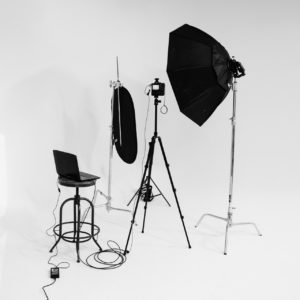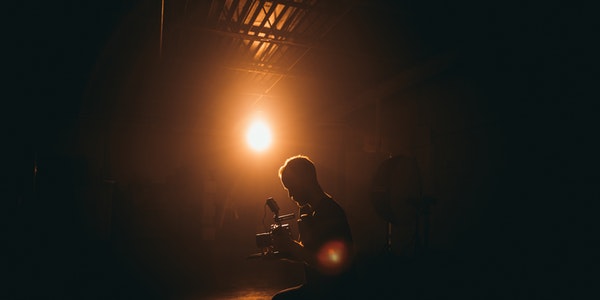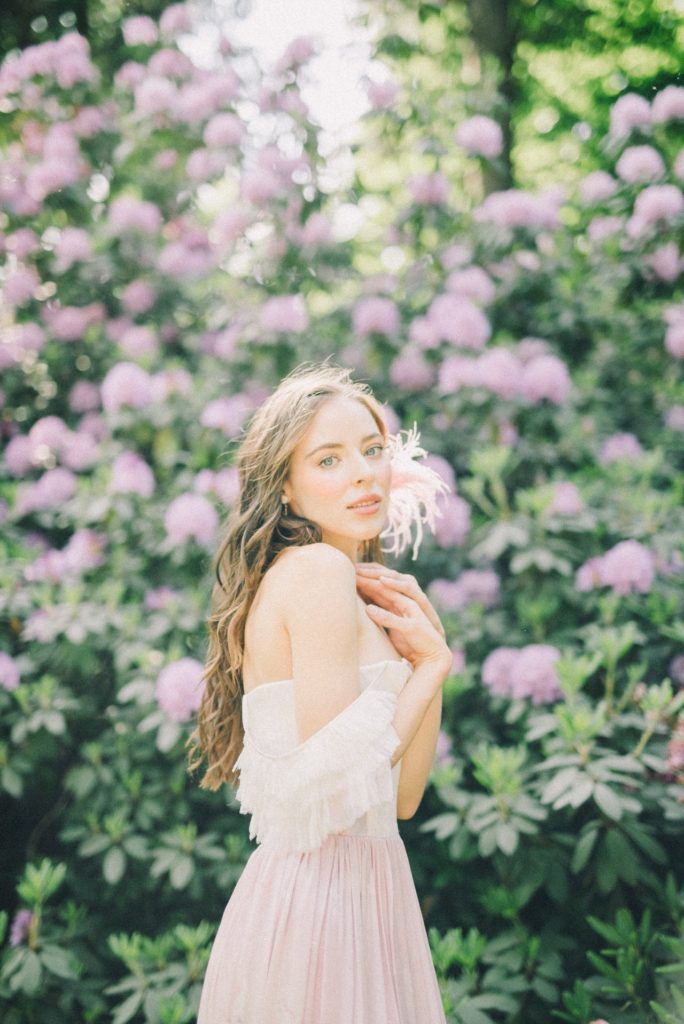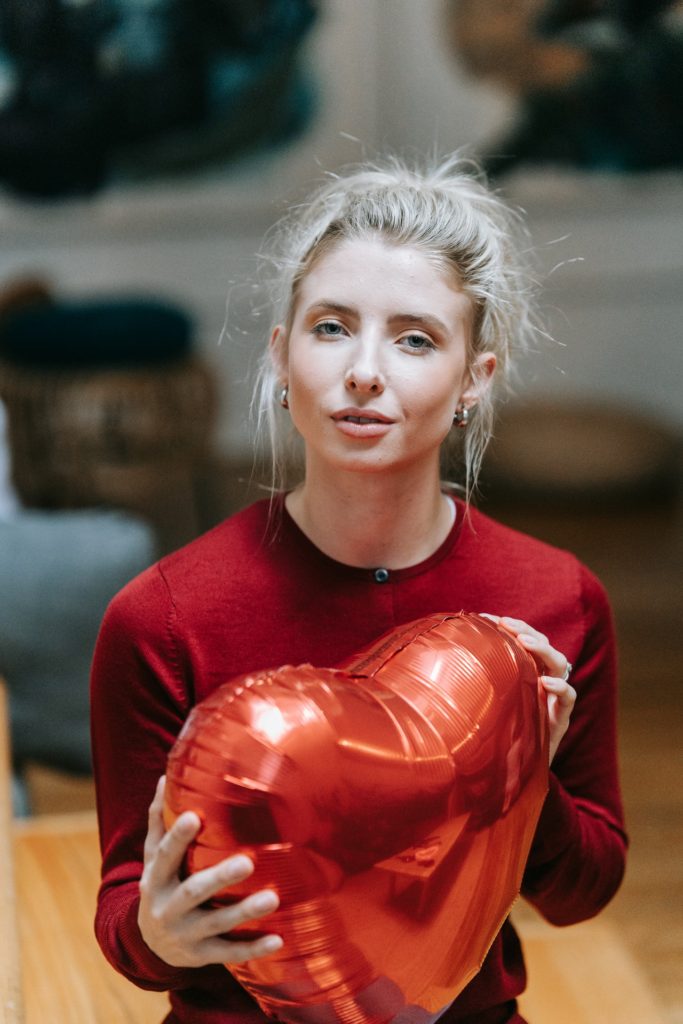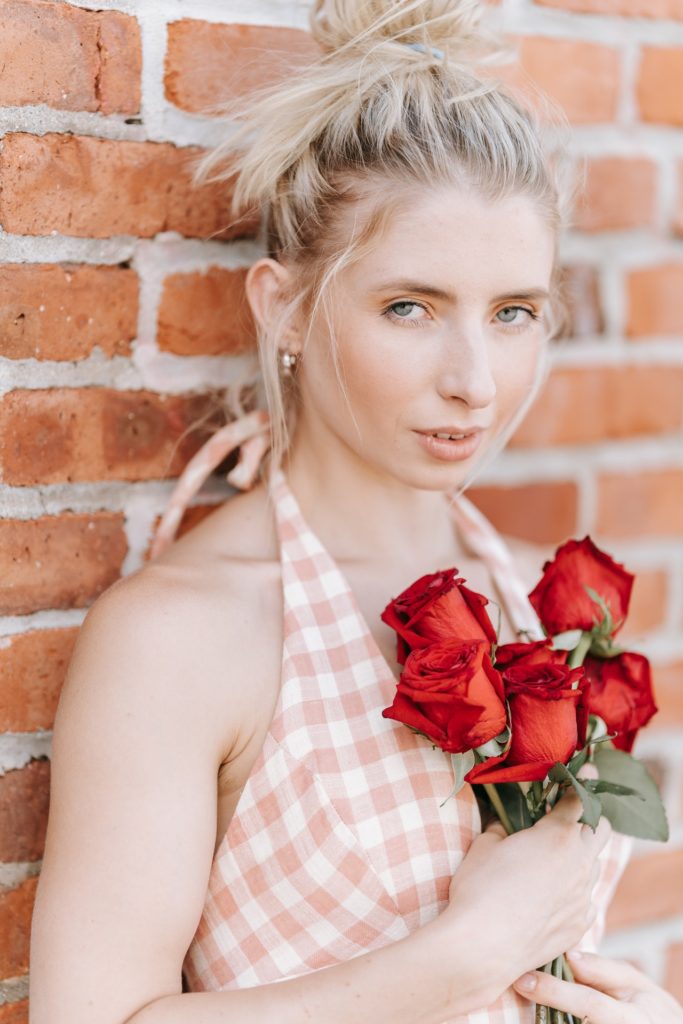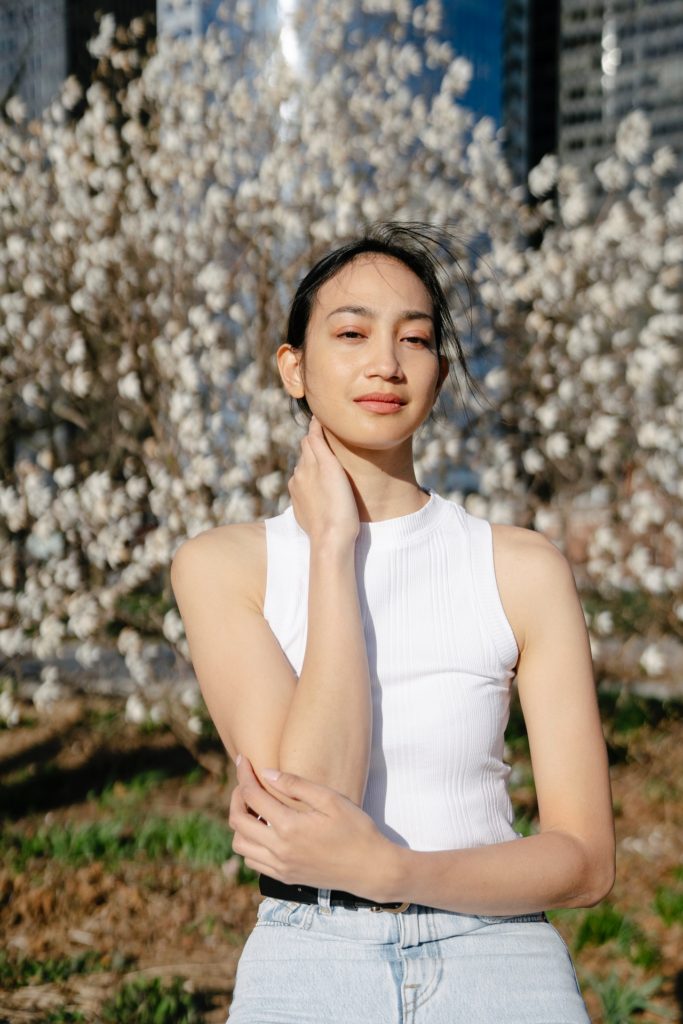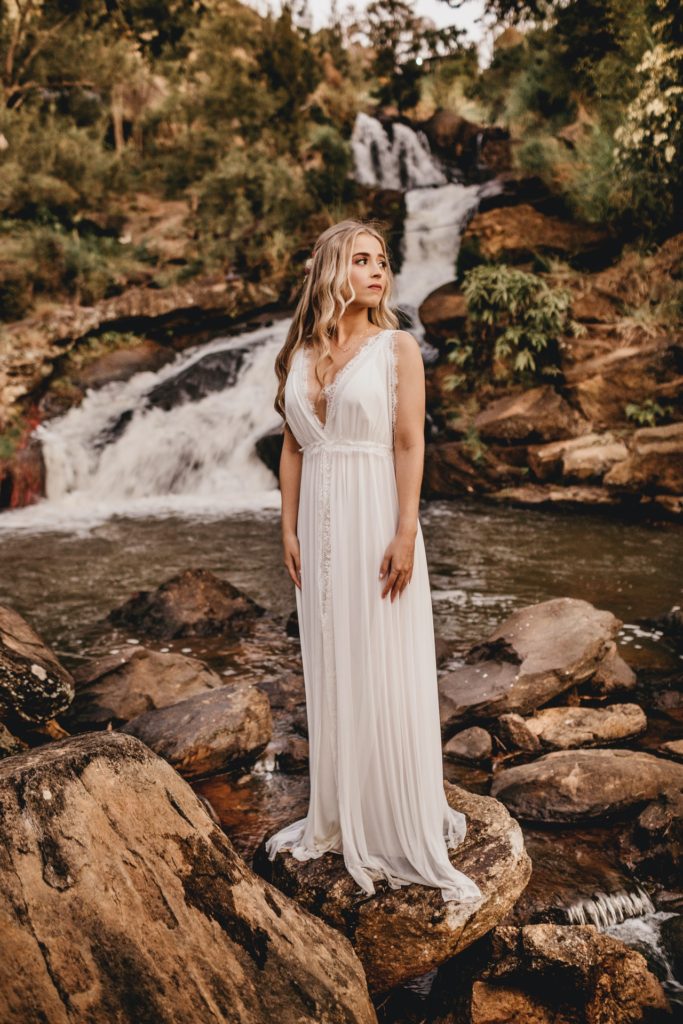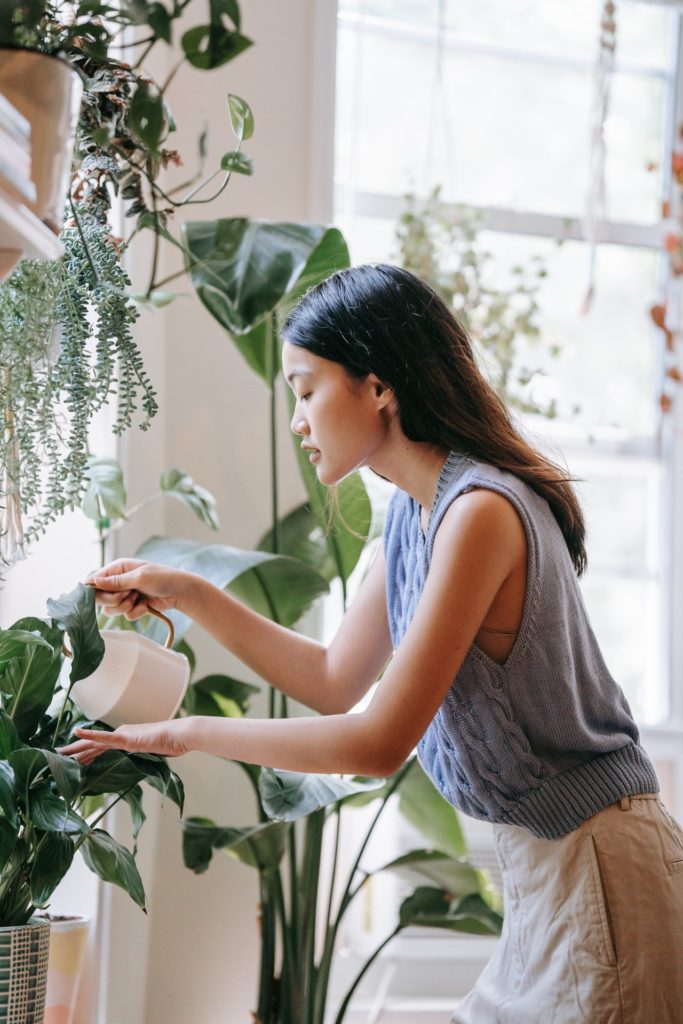I believe many people have heard that “it is best not to use the maximum aperture of the lens when taking pictures to avoid loose images. If the aperture is closed too small, the image will be reduced.” And within a certain aperture range, the image of the lens is drawn. The quality is the best, and this aperture range is called the “best aperture”. So how to master the best aperture range of the camera lens?
Aperture Series
To understand the aperture, actually imagine it as the pupil of the eye, and adjust the amount of incoming light through different aperture values. The aperture size actually refers to the size of the camera’s aperture hole, which is often expressed in numerical values such as f/1.4, f/2, and f/2.8. The smaller the number, the larger the aperture. Usually we adjust the aperture step by step, the common full-level aperture values are f/1.4, f/2, f/2.8, f/4, f/5.6, f/8, f/11, f/16, f/22 and f/32.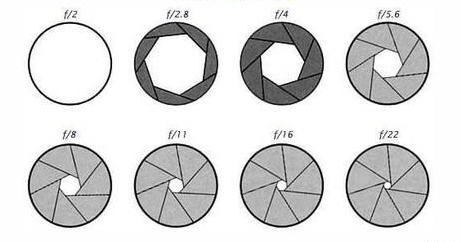
The relationship between the adjacent positions of these gears is a multiple of two.
Some cameras add one or two small gears between these adjacent gears, as we often say, increase 1/3 gear, or 1/2 gear, and so on.
Best Aperture
Each lens is different. Depending on the optical design of the lens, we generally think that an aperture 2-3 stops smaller than the maximum aperture is the best aperture for this lens.
For example, the EF 16-35mm f/4L IS lens in Canon’s “Small Three Elements” lens has the best aperture value, which may be between f/8 and f/11. For some fixed-focus lenses, such as the 50 1.4 lens, the aperture with the best image quality may be between f/2.8-f/5.6.
Of course, this is only a theoretical value, and there will be some differences depending on the optical design of each lens, but it is generally within this range.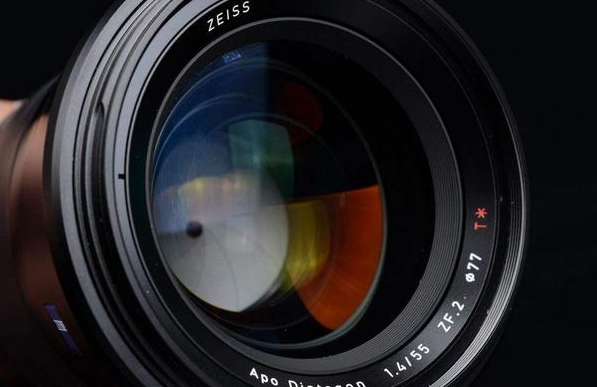
The best aperture of the lens
But should I use the best aperture for all photos? That’s not necessarily. Sometimes when shooting portraits, you will pursue a large aperture and shallow depth of field, so you may have to abandon part of the image quality in exchange for a shallow depth of field, so you have to choose the appropriate aperture value according to the shooting needs.
Large Aperture
- 1. Shallow depth of field-highlight the subject and increase the level of the picture
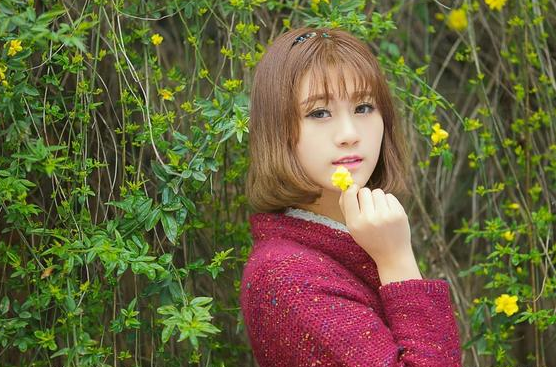 A large aperture can bring a good blur effect, that is, the effect of a small depth of field, which is often used when shooting portraits.
A large aperture can bring a good blur effect, that is, the effect of a small depth of field, which is often used when shooting portraits.
【Common applicable subjects】: portraits, sketches, (part of) still life
2. High shutter-condense the high-speed moment
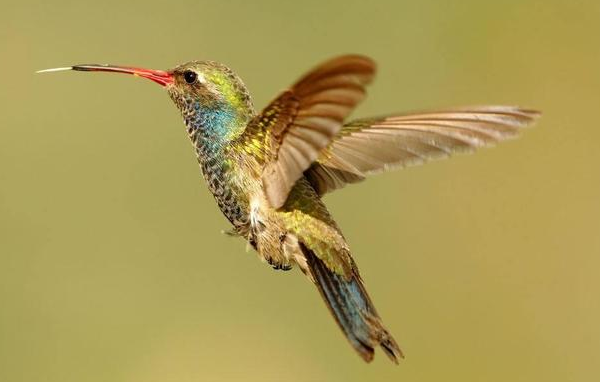 Use of high-speed shutter for bird photography
Use of high-speed shutter for bird photography【Common applicable subjects】: Sports photography, animal photography
Although a large aperture is good, try not to open the aperture to the maximum limit, because it is easy to cause the loss of light at the edge of the lens in the lens, causing the picture to produce vignetting, scattering and other phenomena, resulting in a decline in image quality. Or cause out of focus, causing the focus of the picture to deviate.
Small Aperture
1. Large depth of field-both distant and close views are clear
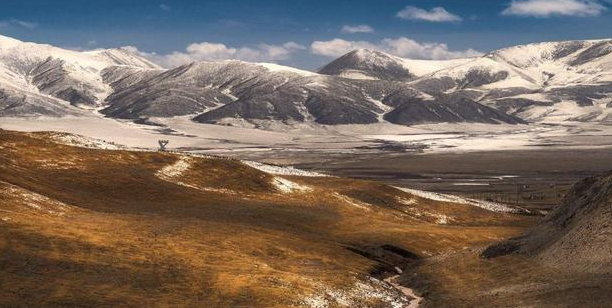 A small aperture can bring a clear picture, which is often used when shooting wind and light.
A small aperture can bring a clear picture, which is often used when shooting wind and light.【Common applicable subjects】: landscape, architectural photography
2. Low-speed shutter-keep the movement track and show the dynamic feeling of the picture
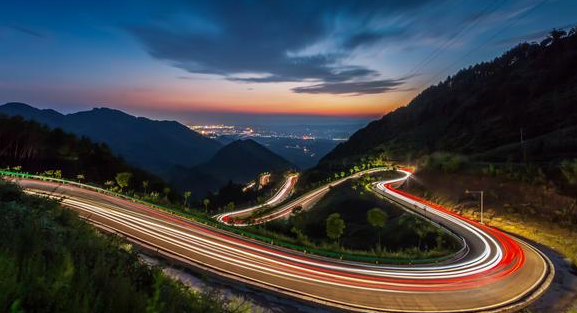 Light track photography
Light track photography[Common applicable subjects]: slow door scenery, light track photography, light painting
Although closing the aperture by 2-3 stops, the optical performance will be better than the full aperture, but this does not mean that the aperture is minimized, and the image quality is the best. Generally, we will only close the aperture to f/11. If we narrow the aperture value, diffraction will occur. This is because the aperture diameter is limited, the aperture exceeds the physical limit, but the optics will drop, causing the image to become loose and hazy.
The comparison of the same lens at f/8 and f/22 shows that if the aperture is closed too small, diffraction will occur and the photos will be loose.
In addition, when facing some point light sources, different apertures may have different effects. When using a large aperture, a strong point light source (such as the sun or light) will form a glare on the surface of the lens and cause flare in the picture, and when using a small aperture, the point light source will emit star rays. The number of astral rays is related to the blades of the aperture, the number of rays is equal to the number of blades for even-numbered blades, and the number of rays is equal to twice the number of blades for odd-numbered blades.
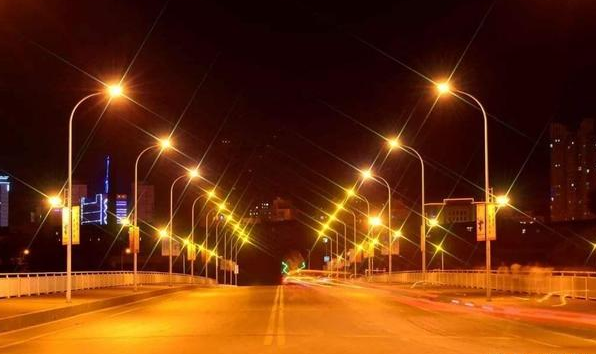 In fact, what we have to make clear is that the best aperture of the lens does exist, and under that aperture, the best performance image quality of this lens can indeed be taken. But this is only a technical theoretical best. After all, content is the key element that affects the quality of a photo, and image quality is just a basic carrier. When shooting, these are just one of the aspects you need to control within a few millimeters.
In fact, what we have to make clear is that the best aperture of the lens does exist, and under that aperture, the best performance image quality of this lens can indeed be taken. But this is only a technical theoretical best. After all, content is the key element that affects the quality of a photo, and image quality is just a basic carrier. When shooting, these are just one of the aspects you need to control within a few millimeters.Reasonable Use of the Best Aperture Value of the Lens
When we are shooting, we often encounter such problems in some places: using a large aperture to make the blur beautiful, but the focal point will be a little soft, and there will be entanglement such as dispersion. According to the habits of everyone, the answer may be different, but the answer that may be generally obtained is: just close the lens aperture by one stop. Because every lens has an optimal aperture, under this aperture, the picture quality of the lens will be the best, not the bigger the better, and the smaller the better.
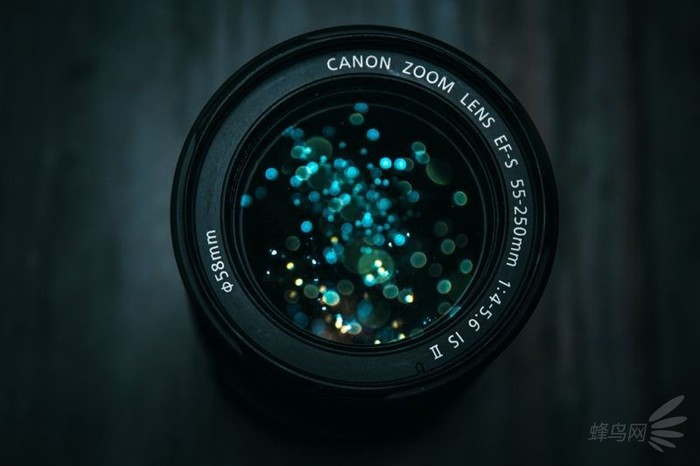
But the best aperture of this lens does not necessarily mean the best aperture for the scene. Many times we will fall into a rigid mindset, thinking that we must use the best performance. But in fact, the optical design of modern lenses has been done very well. Although the lens has the best aperture value for image quality, it is actually difficult to distinguish the performance in other aperture values by our naked eyes.
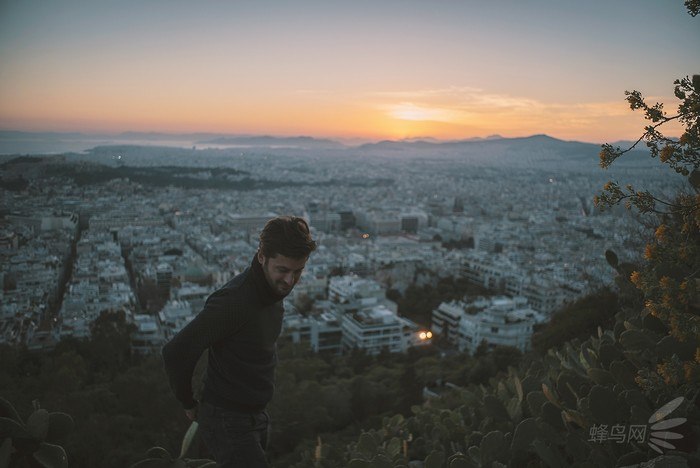
A large aperture is used to shoot images with shallow depth of field. For example, when we need to highlight a shallow scene, we need to use a large aperture to focus on the foreground, so that the background will be blurred. And when the ambient light is very weak and we don’t want to use a long exposure, we also need to increase the amount of light by opening the aperture to achieve the purpose of exposure balance.
However, the limitation of using a large aperture is that the focal plane in the picture is too narrow, and the picture quality will be reduced, but these are acceptable in emergency situations. Because sometimes it’s more important to get a good shot than a good shot, or the atmosphere under a large aperture is more important than the image quality.

The main reason for choosing a small aperture is to expand the focal plane as much as possible so that everything in the landscape is within the focal range. Another point is that when we need to shoot long exposures, a small aperture helps to reduce the amount of light, so that we can use a longer shutter.
But despite this, the aperture is not as small as possible. In addition to the factors of the best aperture of the camera mentioned above, if the aperture is too small (f/16 and below), the diffraction effect of the photoreceptor may occur, which will affect the image quality.
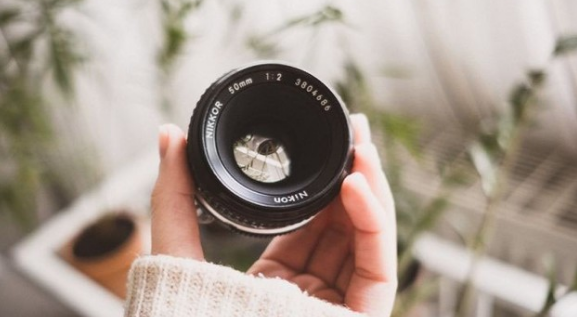

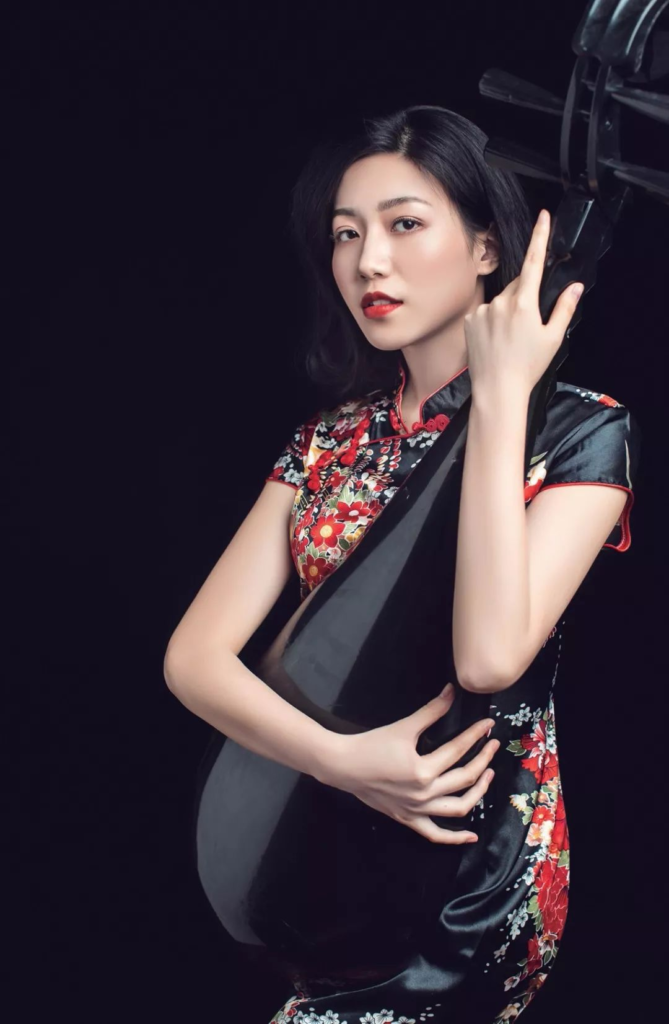
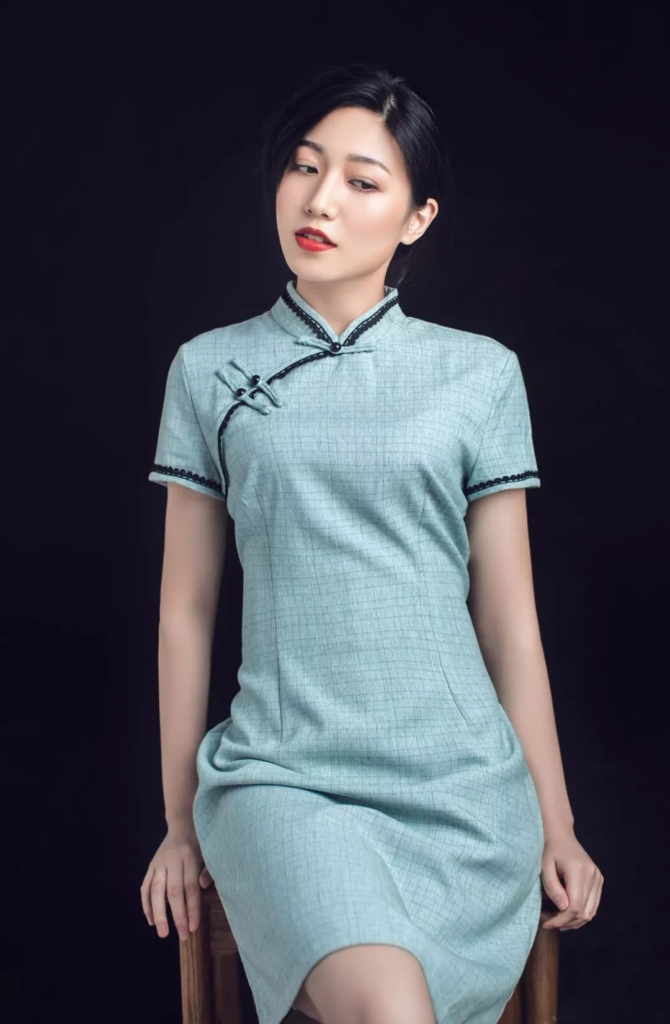
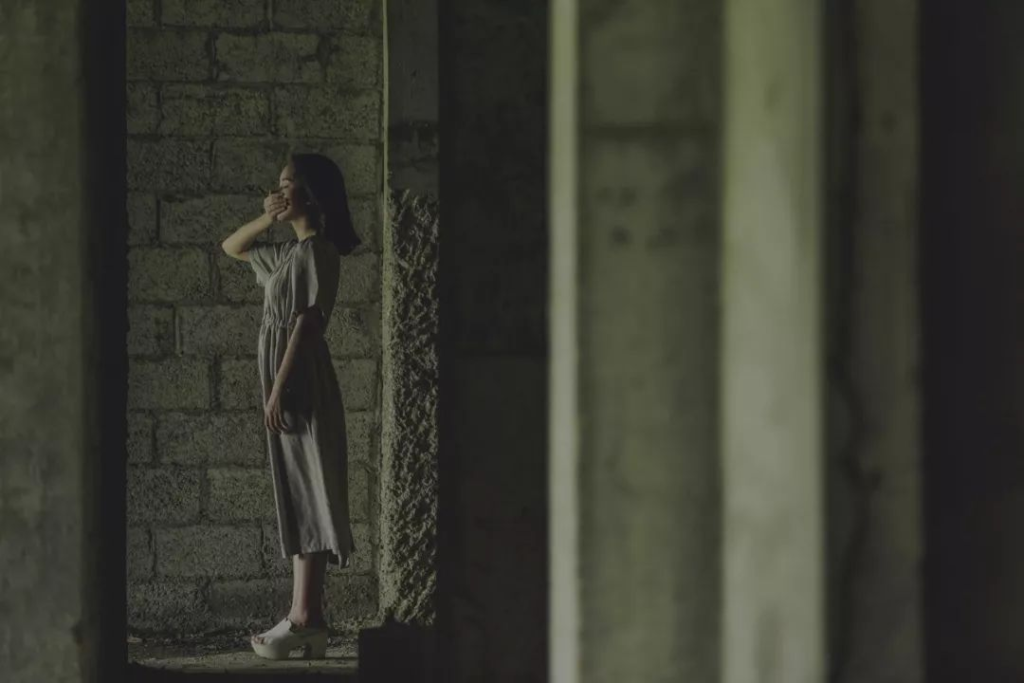
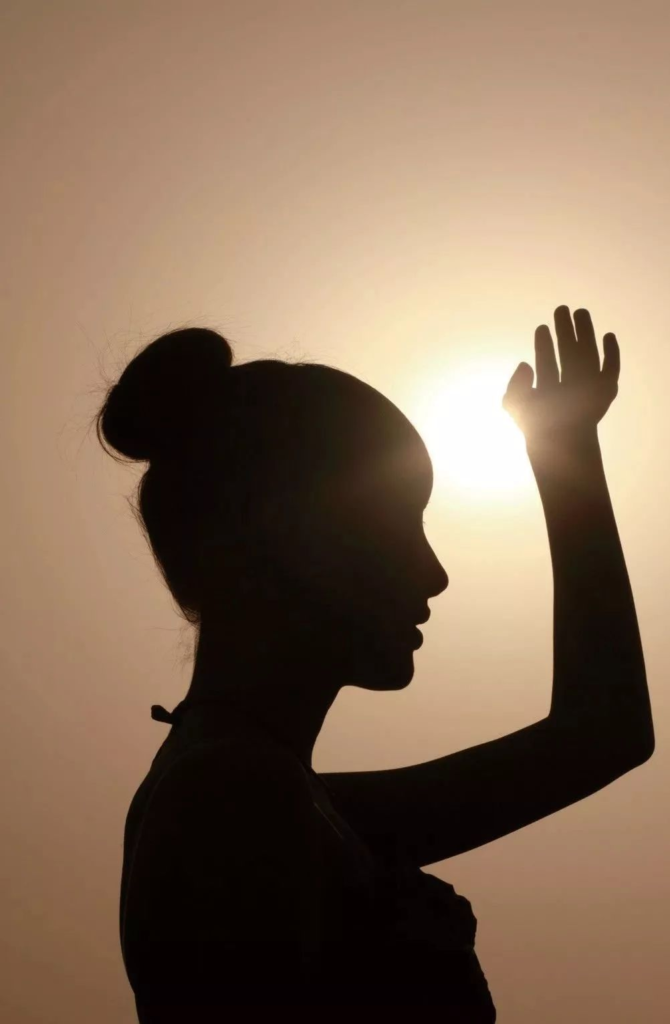
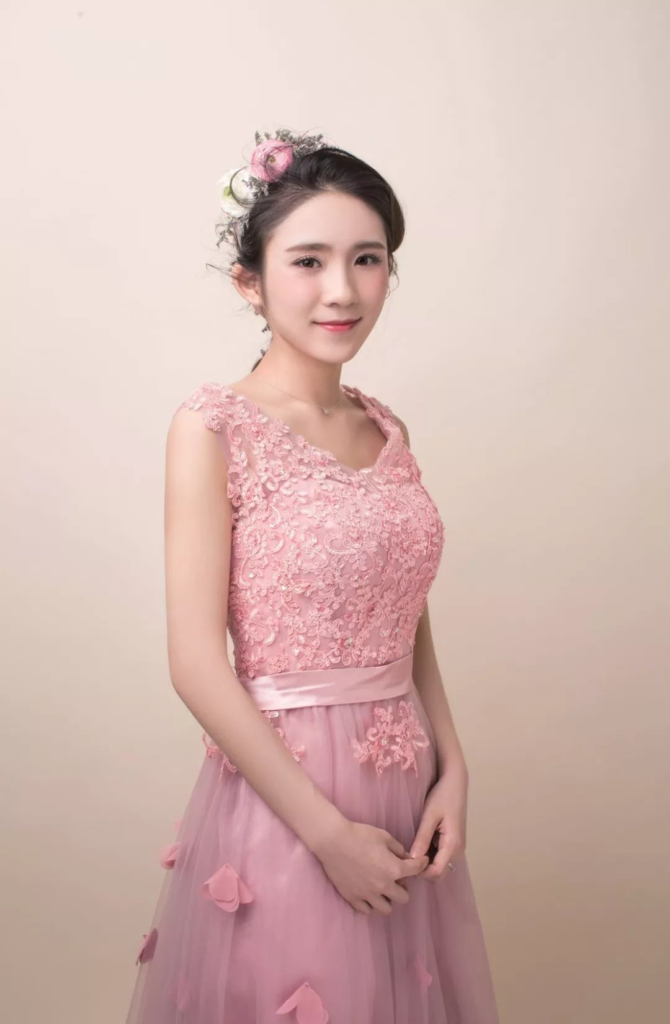
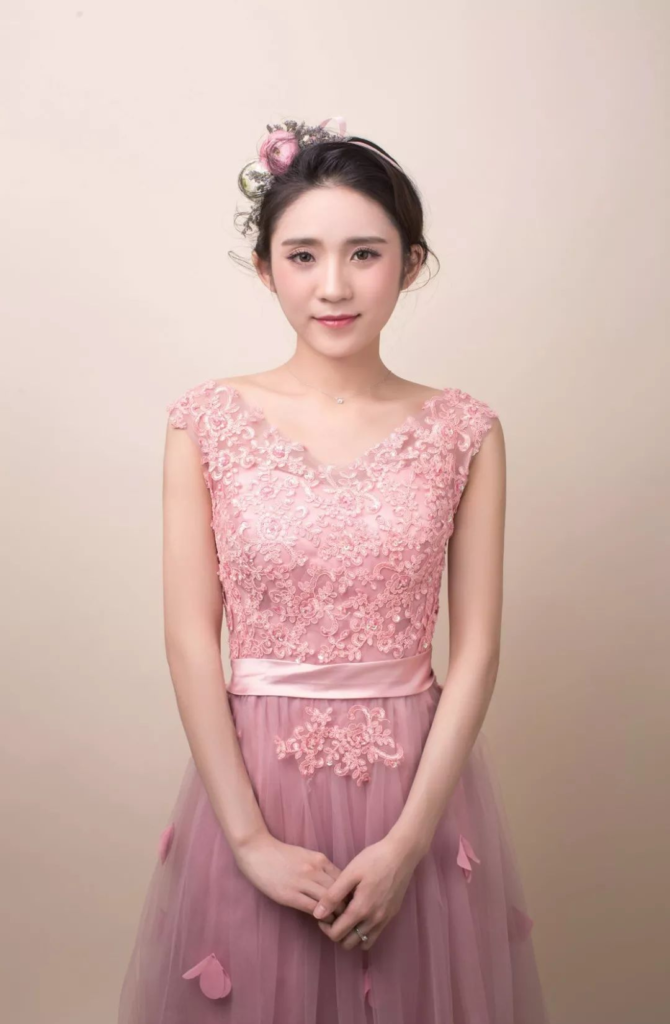
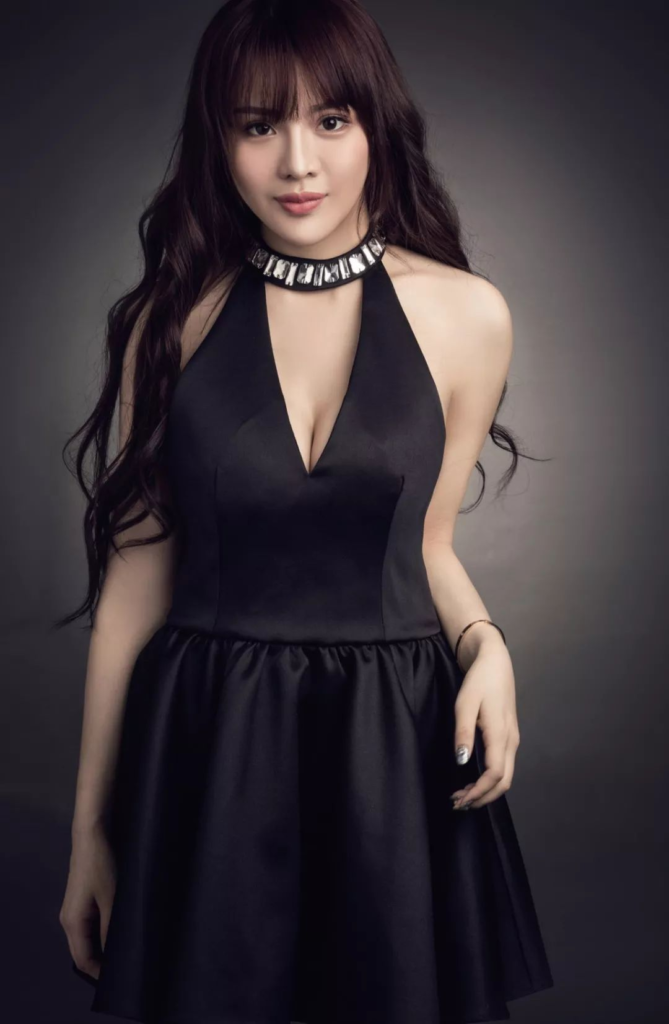
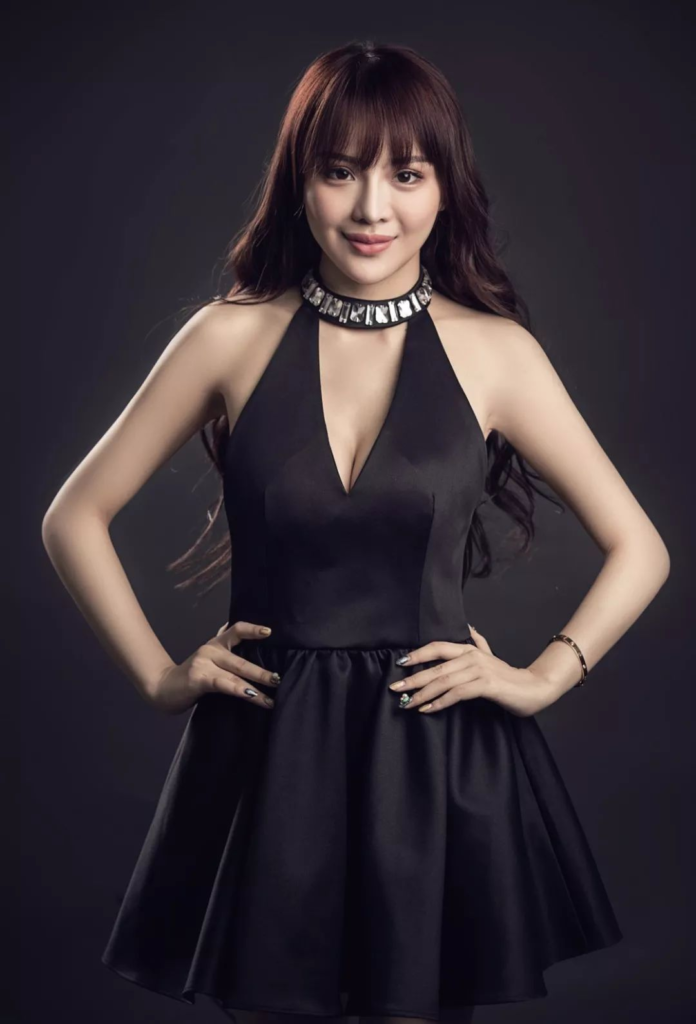
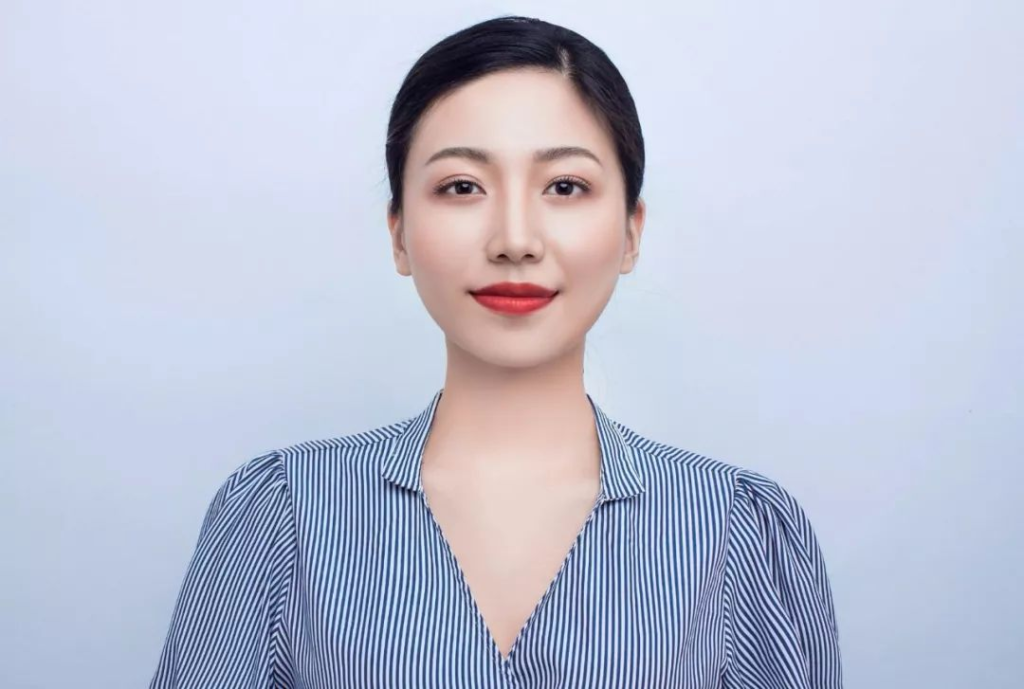
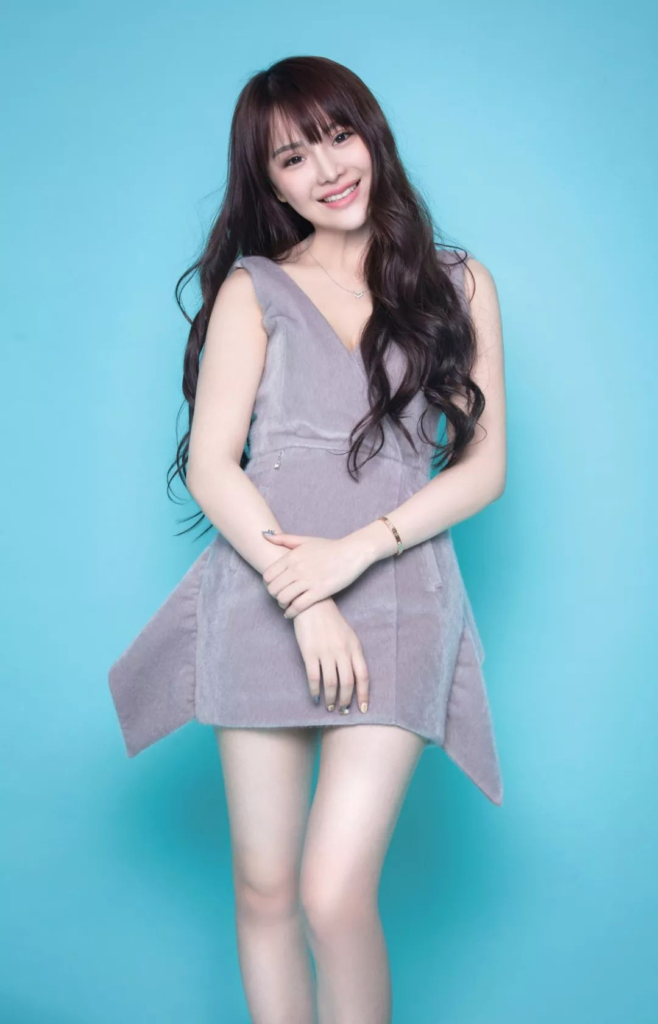
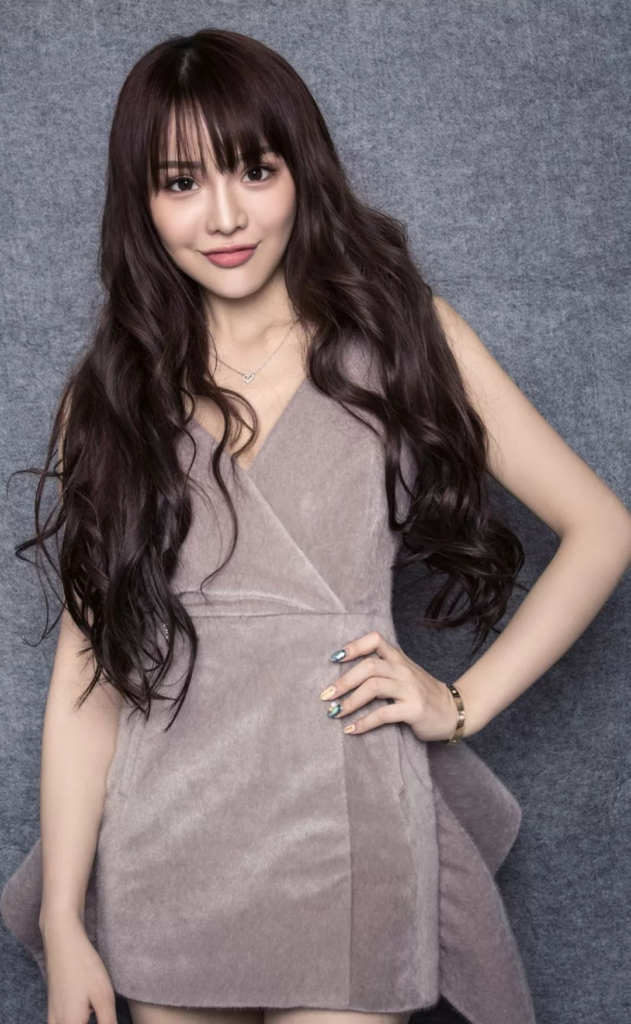
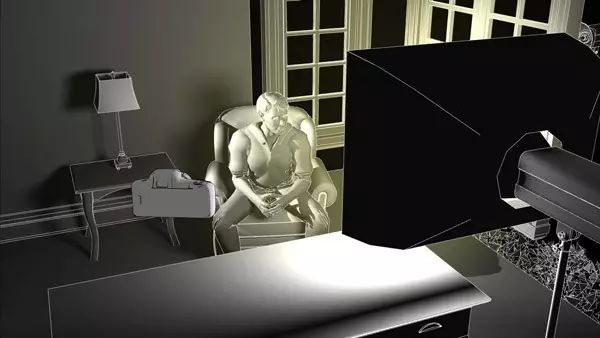
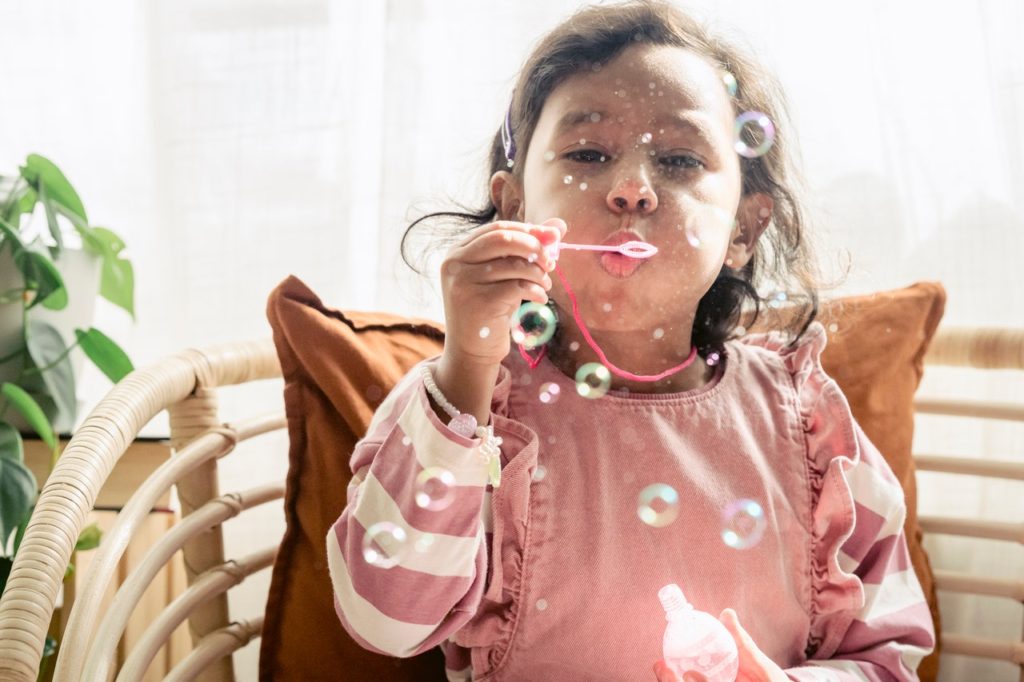
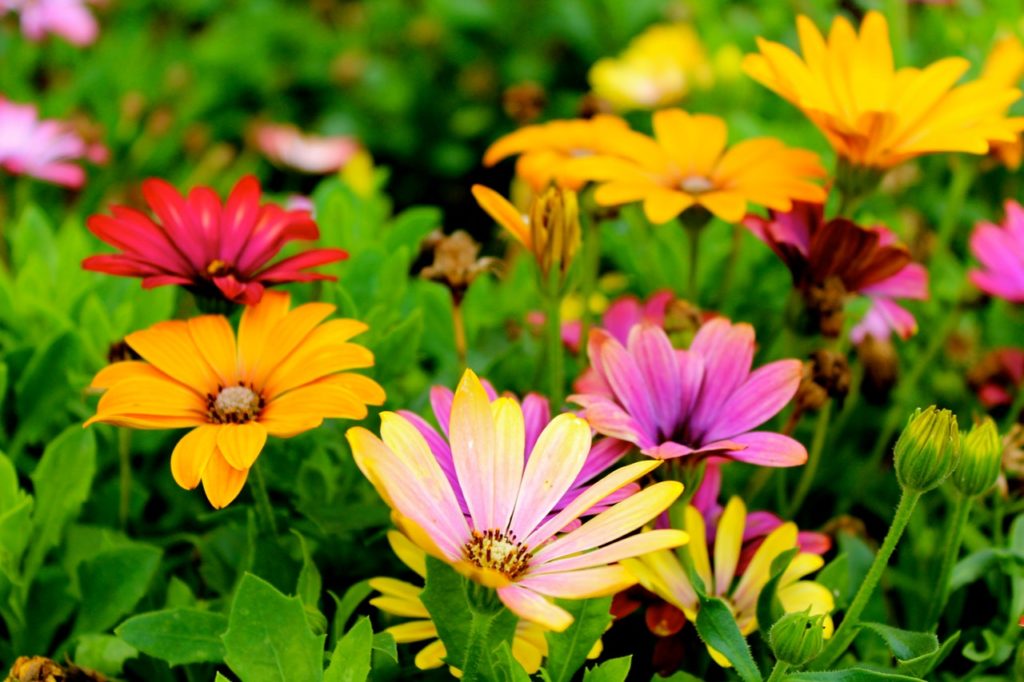
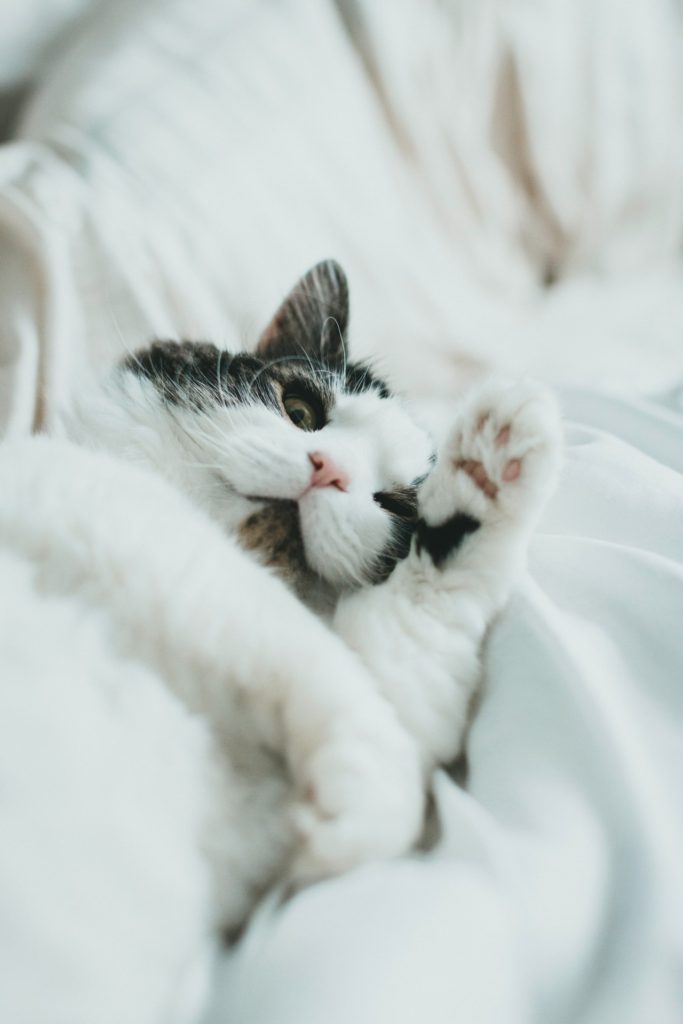
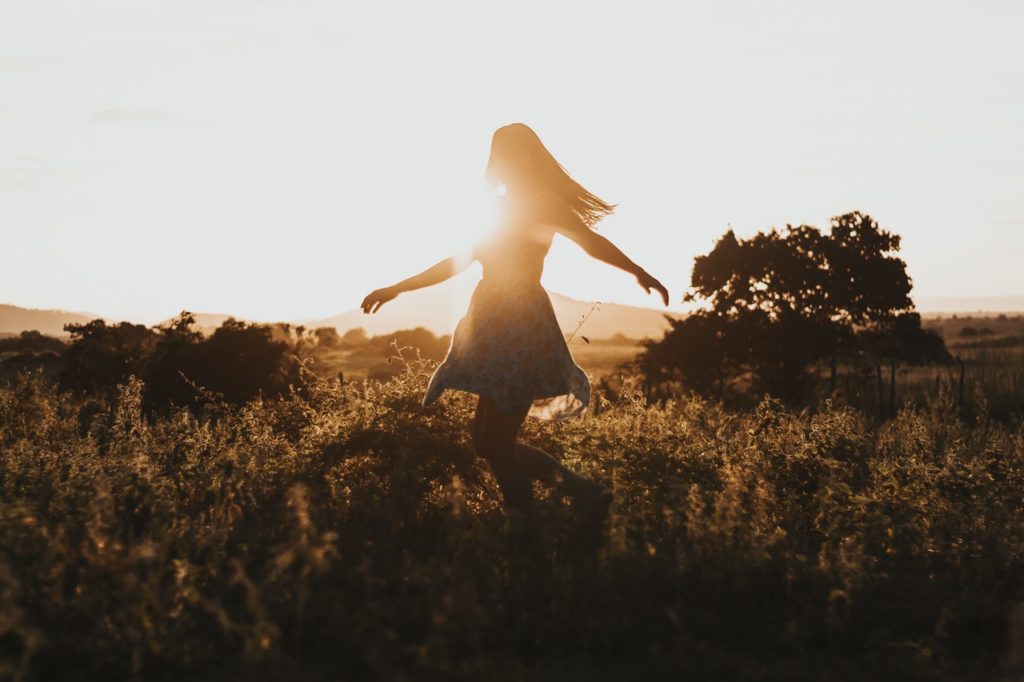
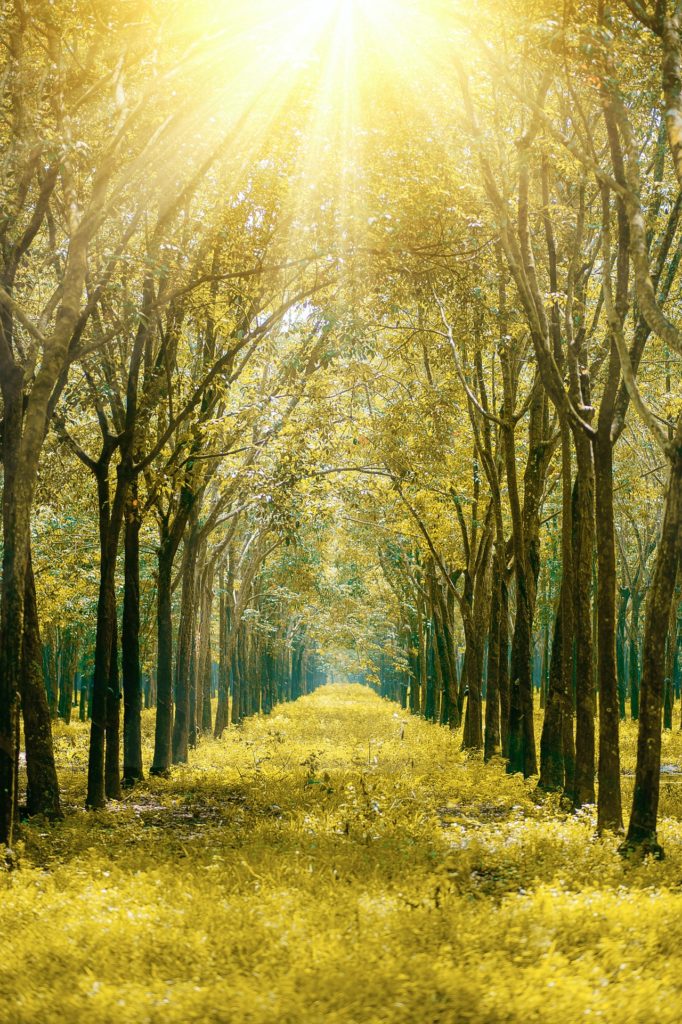
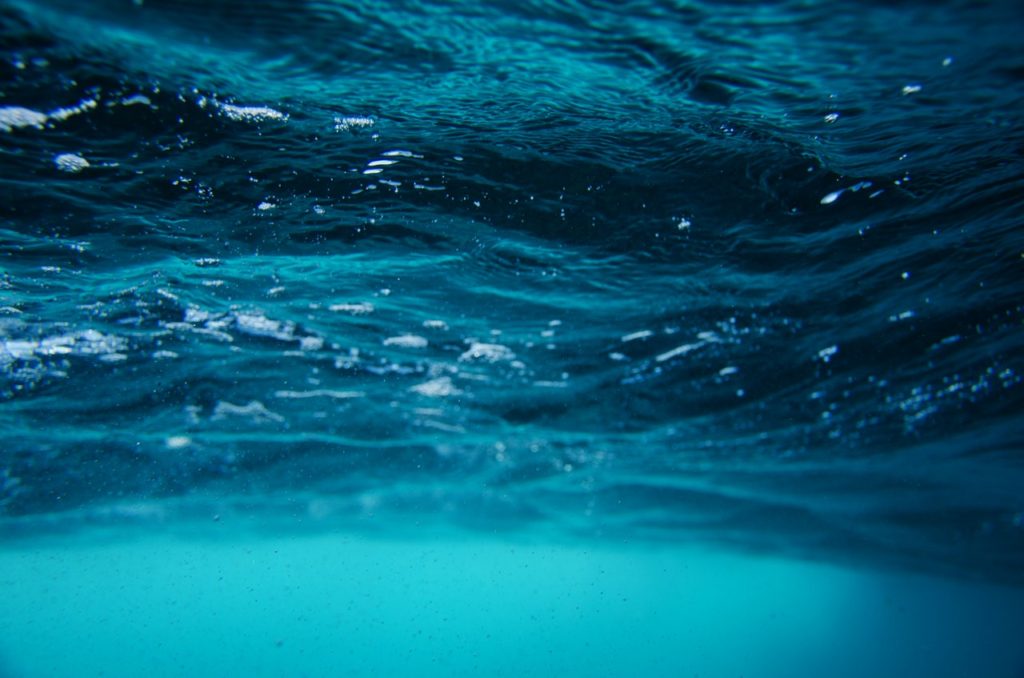
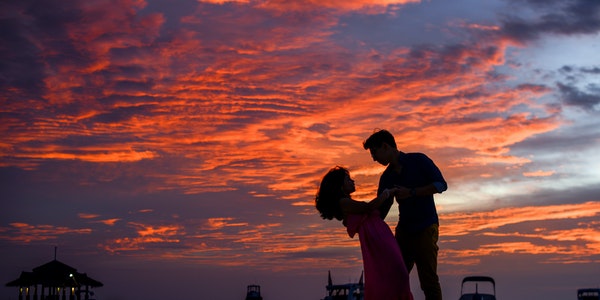
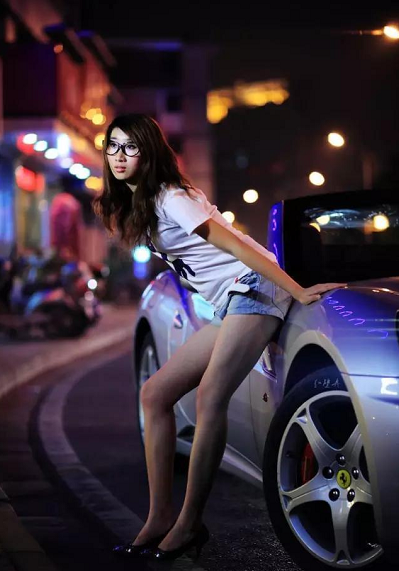
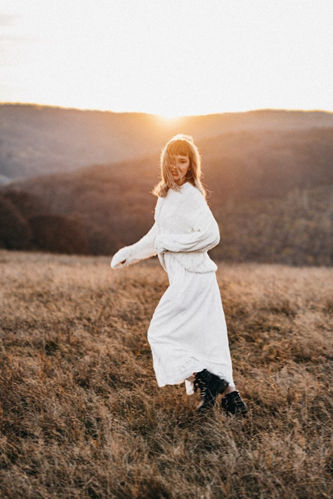
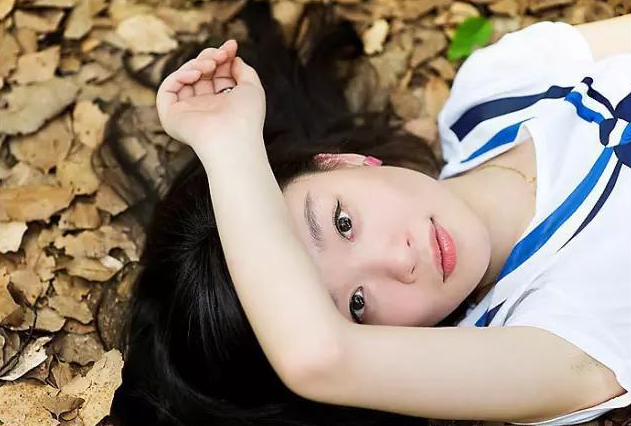
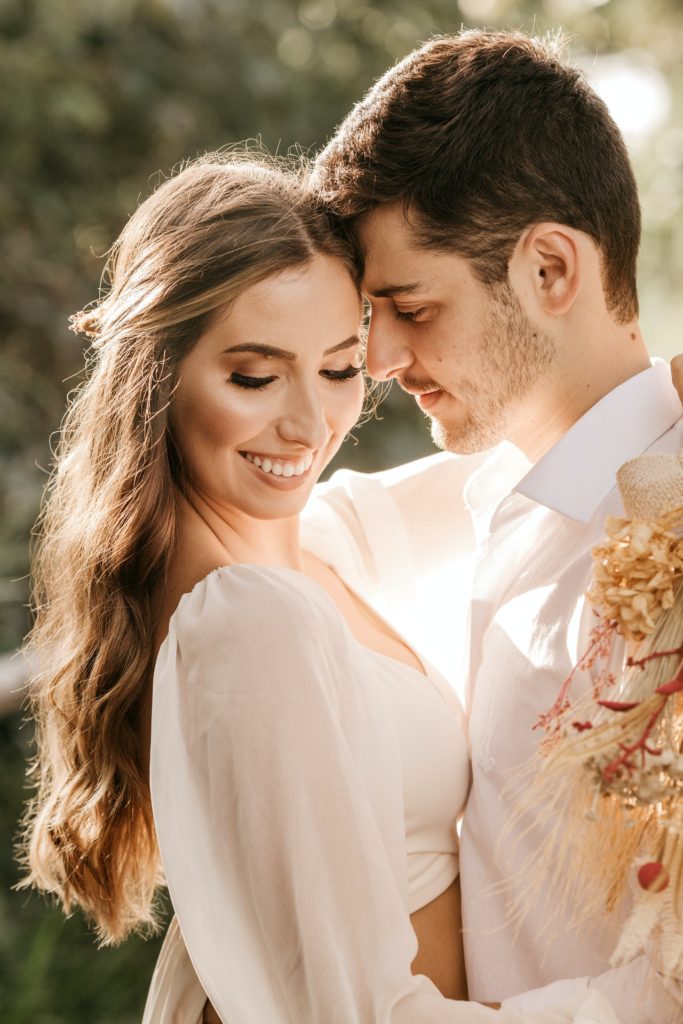 For the shooting of couple films, the use of backlight shooting techniques to highlight the warm and warm emotional atmosphere of the picture. The flash reduces the output by 1 stop.
For the shooting of couple films, the use of backlight shooting techniques to highlight the warm and warm emotional atmosphere of the picture. The flash reduces the output by 1 stop.
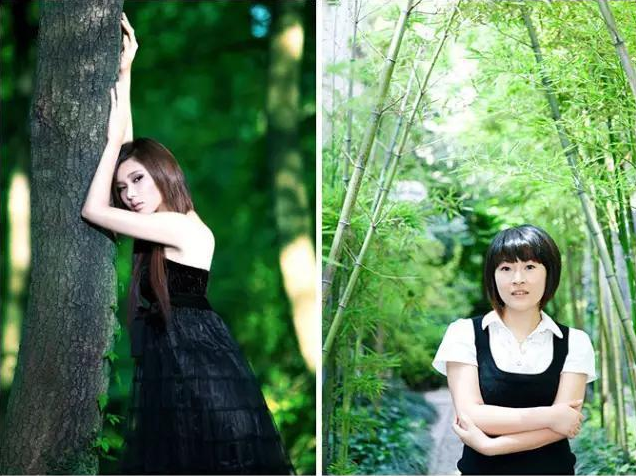
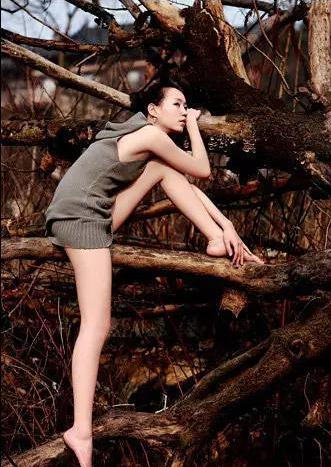
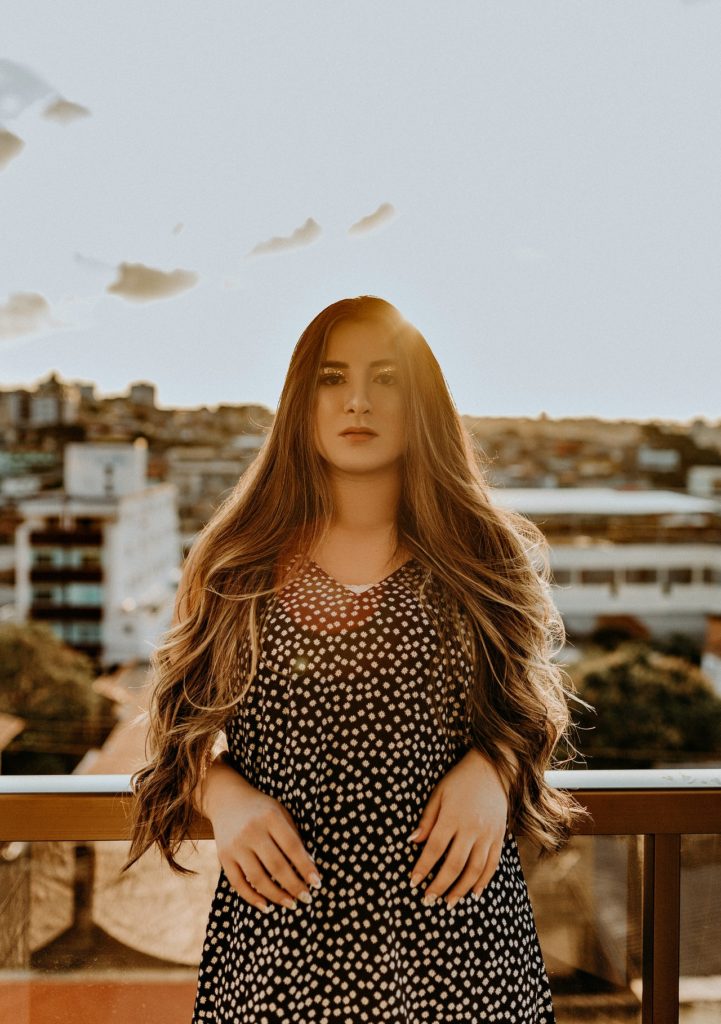
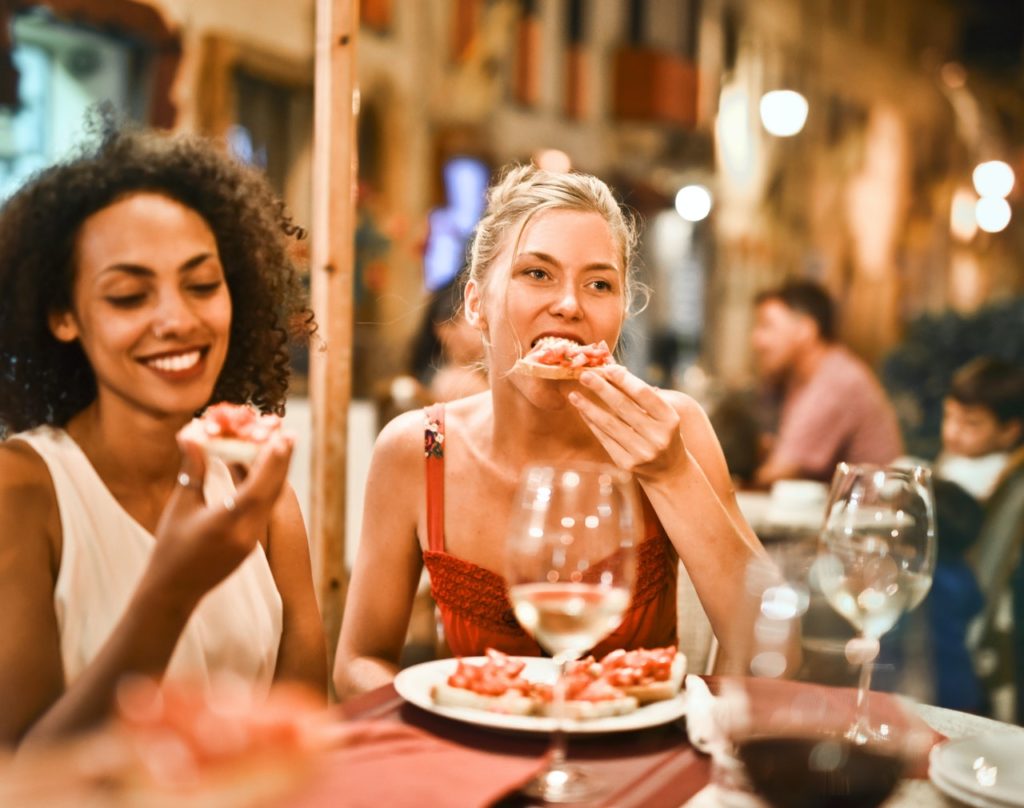 We first metered the background and found that aperture 2, shutter 1/10 second, can achieve accurate exposure of the background. We directly manually adjust the exposure combination to aperture 2, shutter 1/10 second, and then we choose to turn on the flash, TTL mode, downshift between 1.5 and 2 to reduce the flash marks of people.
We first metered the background and found that aperture 2, shutter 1/10 second, can achieve accurate exposure of the background. We directly manually adjust the exposure combination to aperture 2, shutter 1/10 second, and then we choose to turn on the flash, TTL mode, downshift between 1.5 and 2 to reduce the flash marks of people.



 The magic of backlight
The magic of backlight


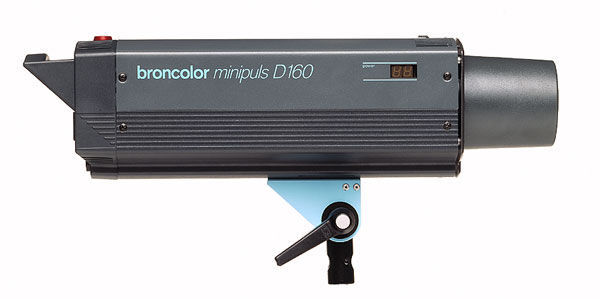
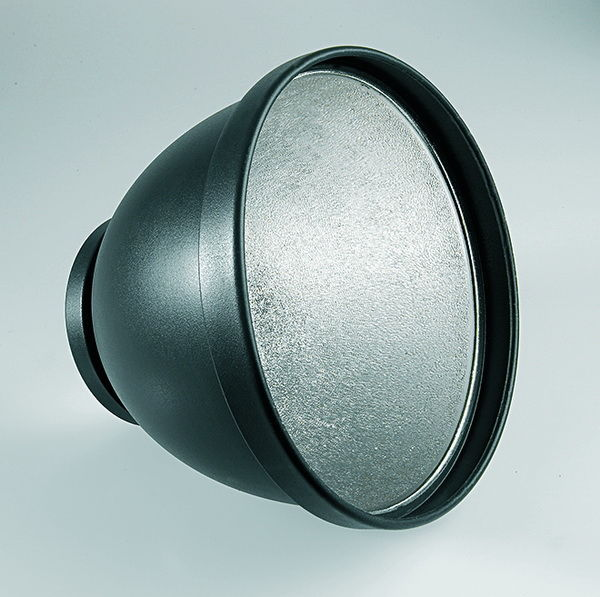
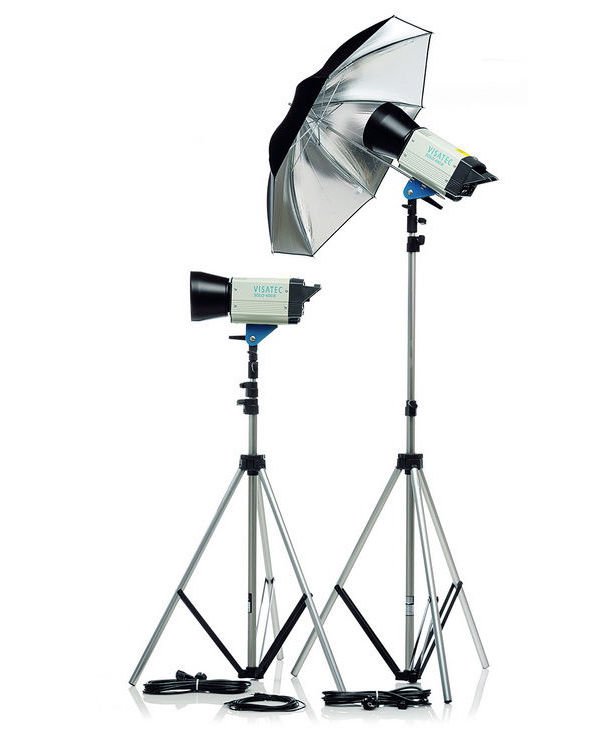
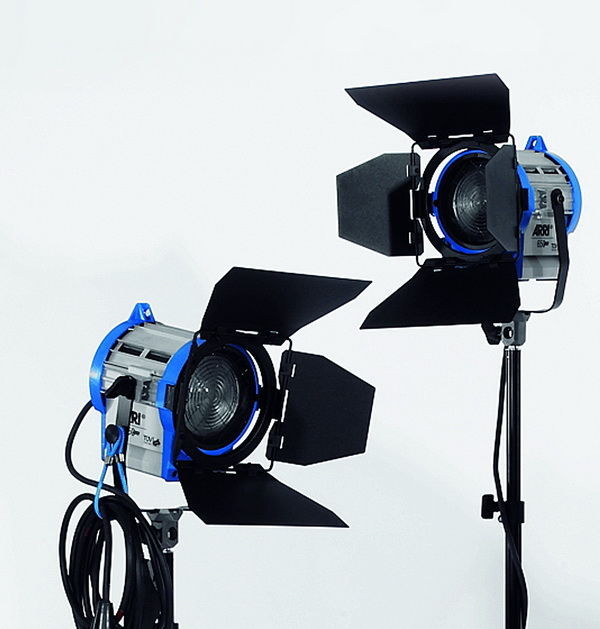
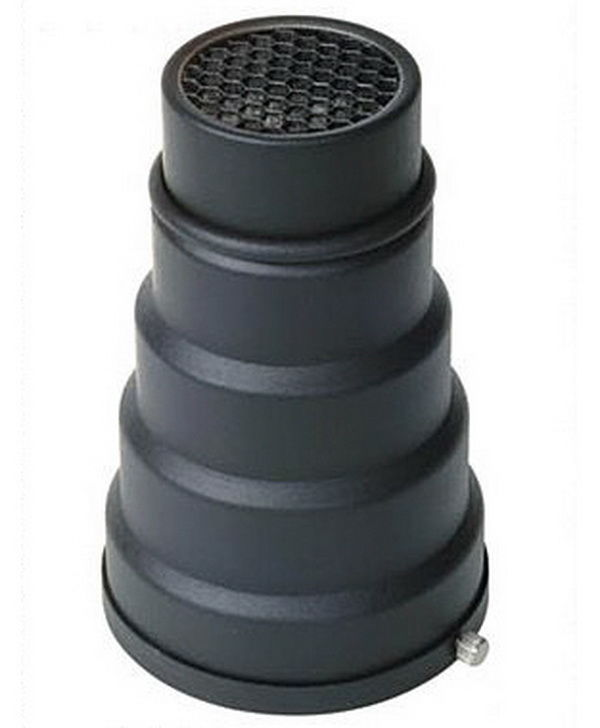
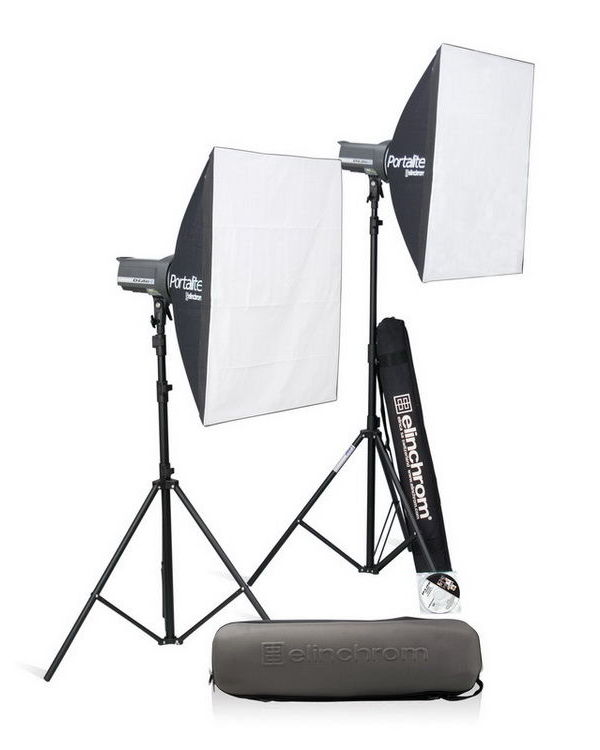
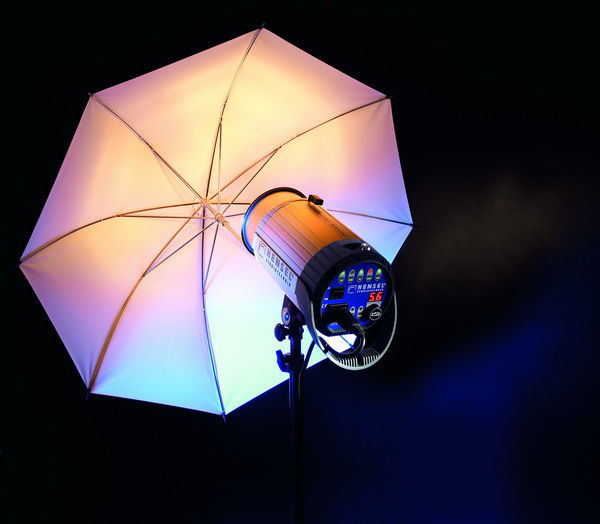
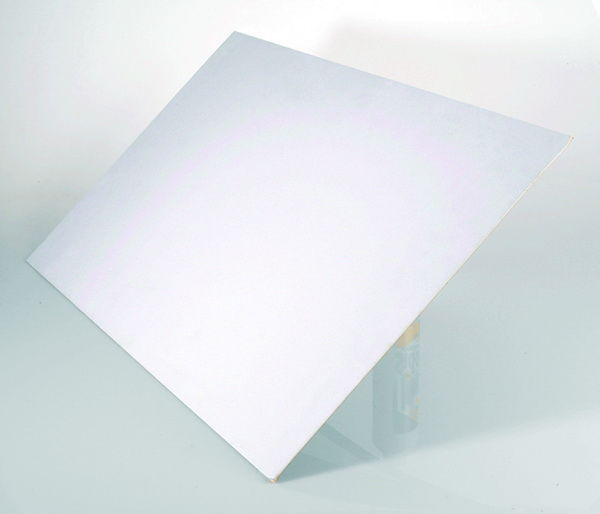
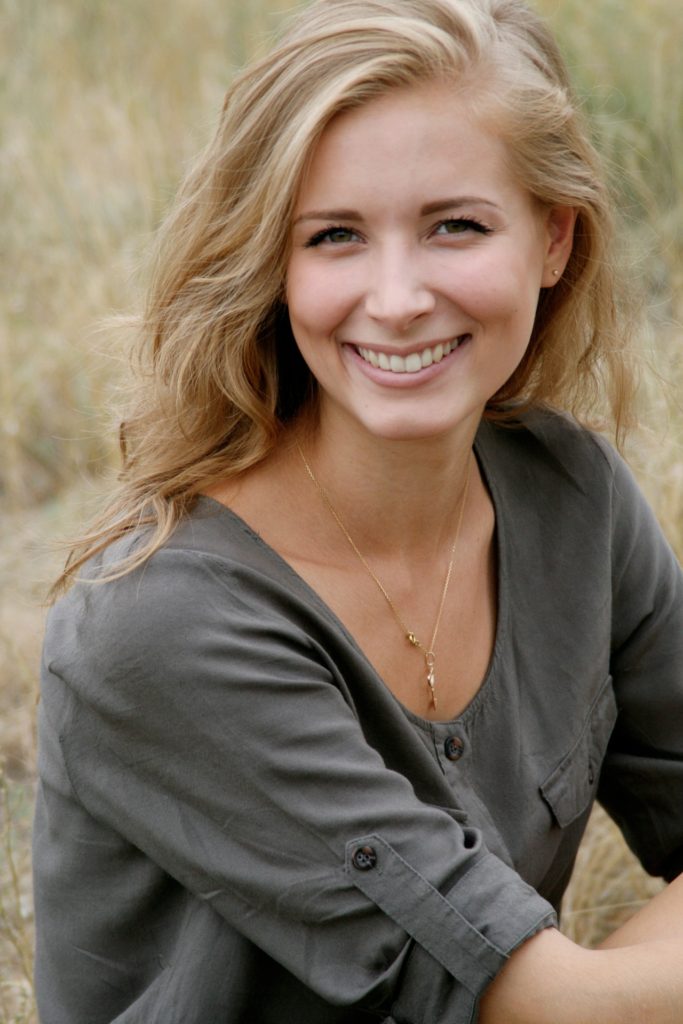
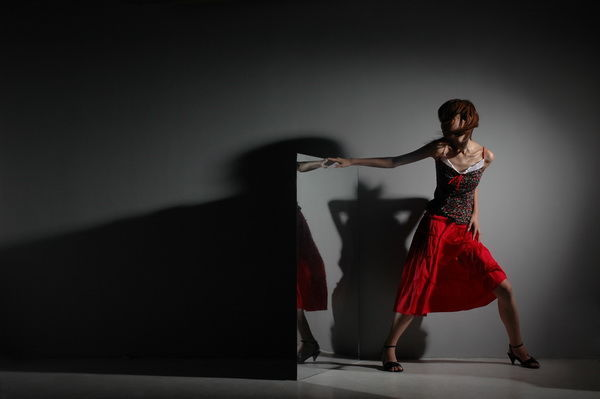
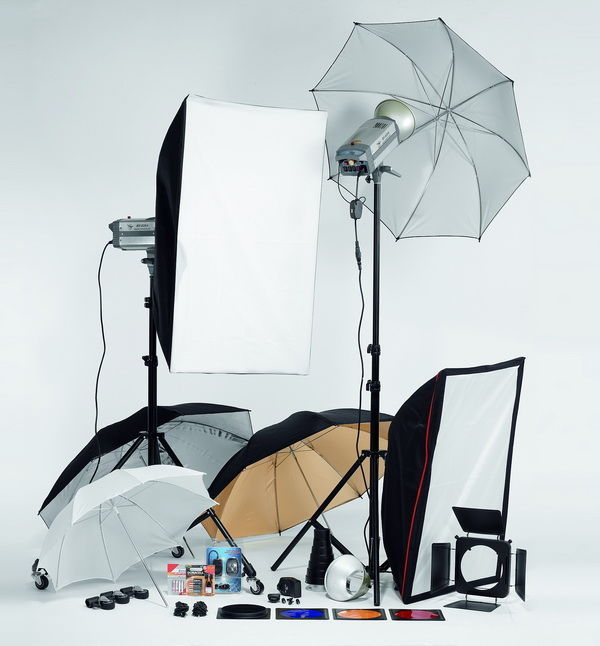
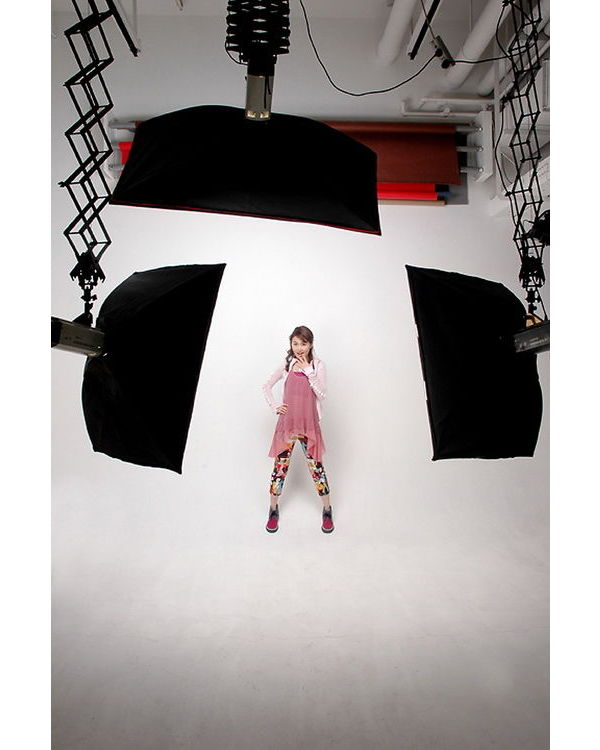
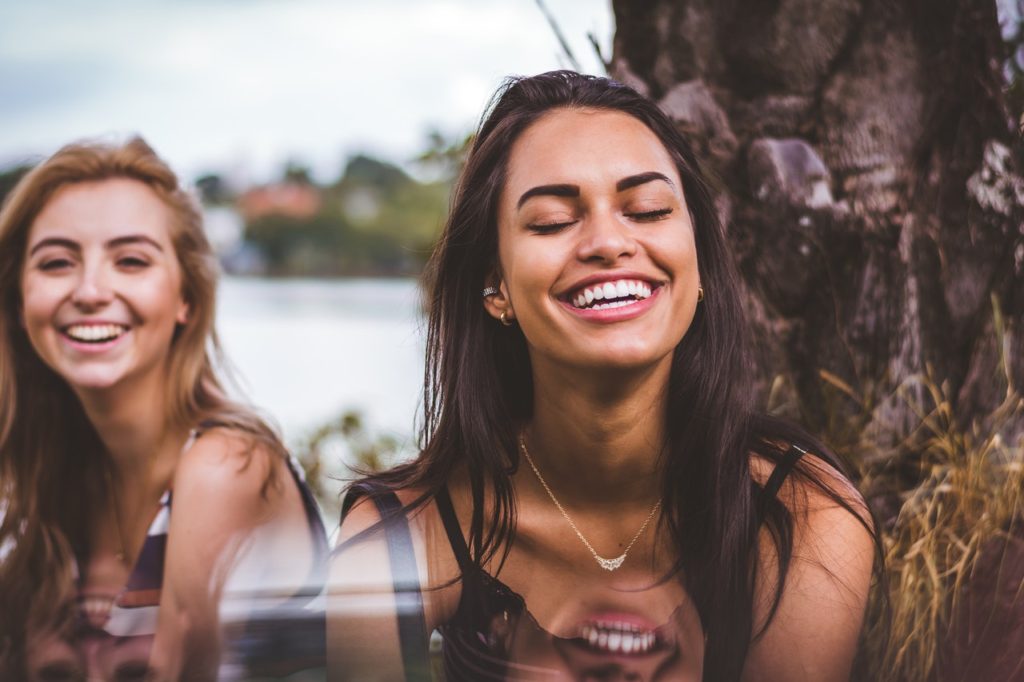
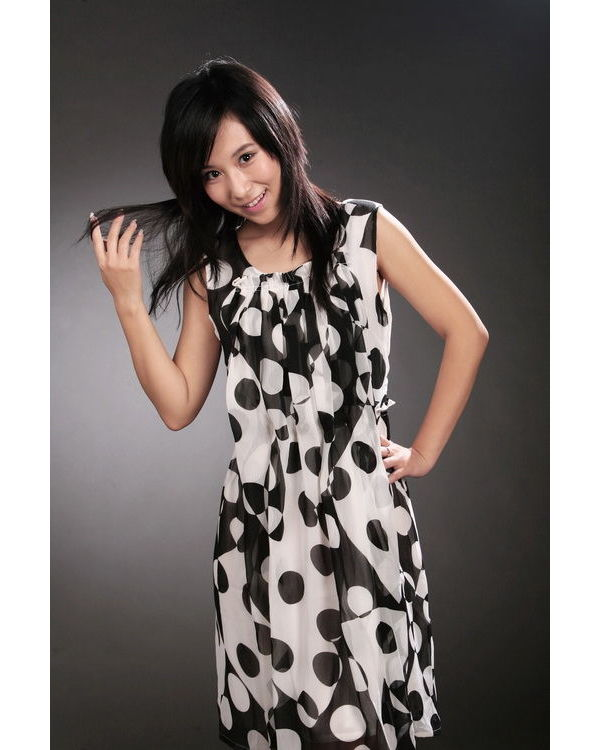
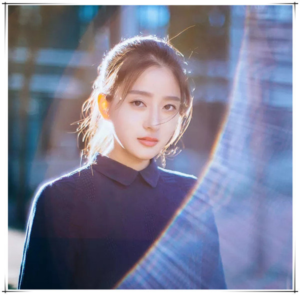
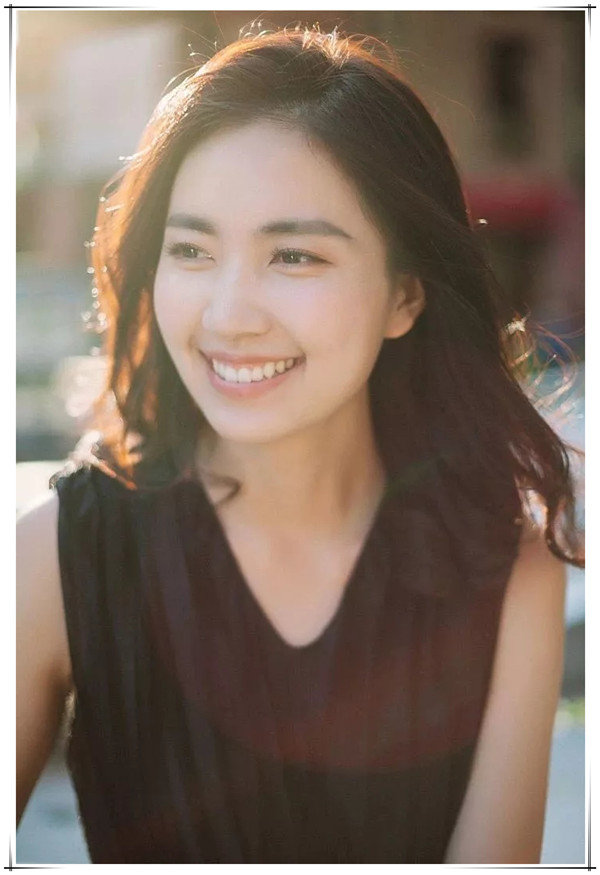
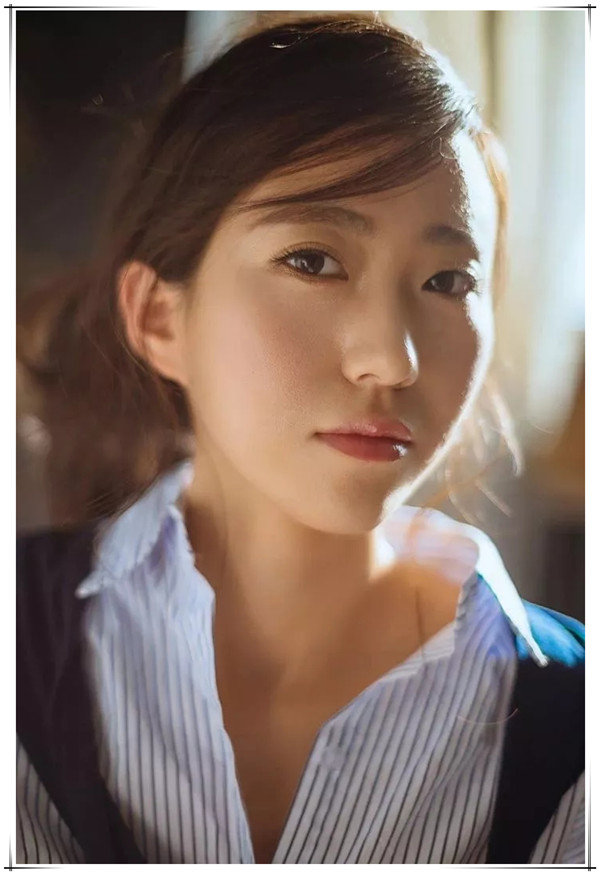
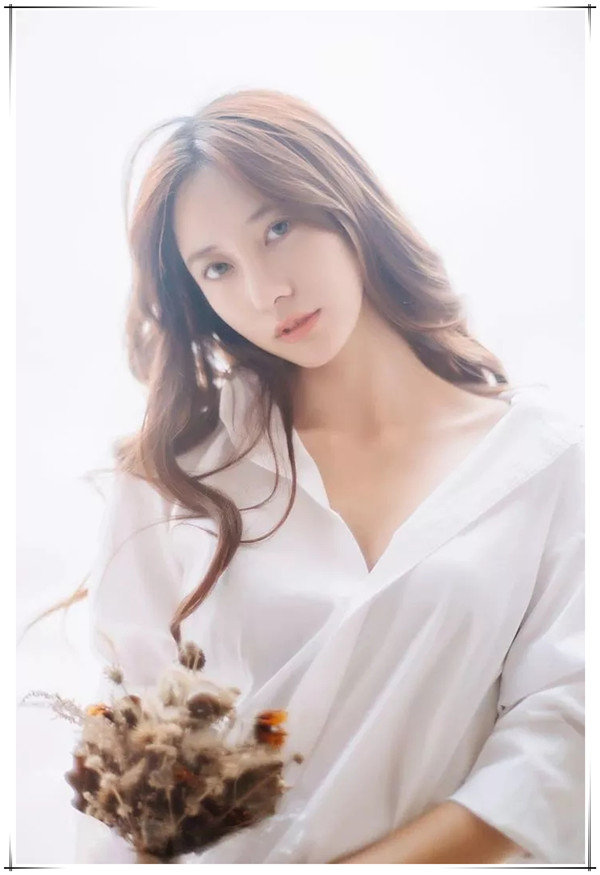
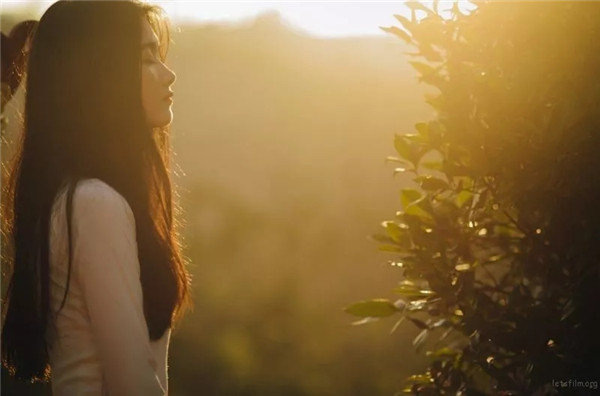
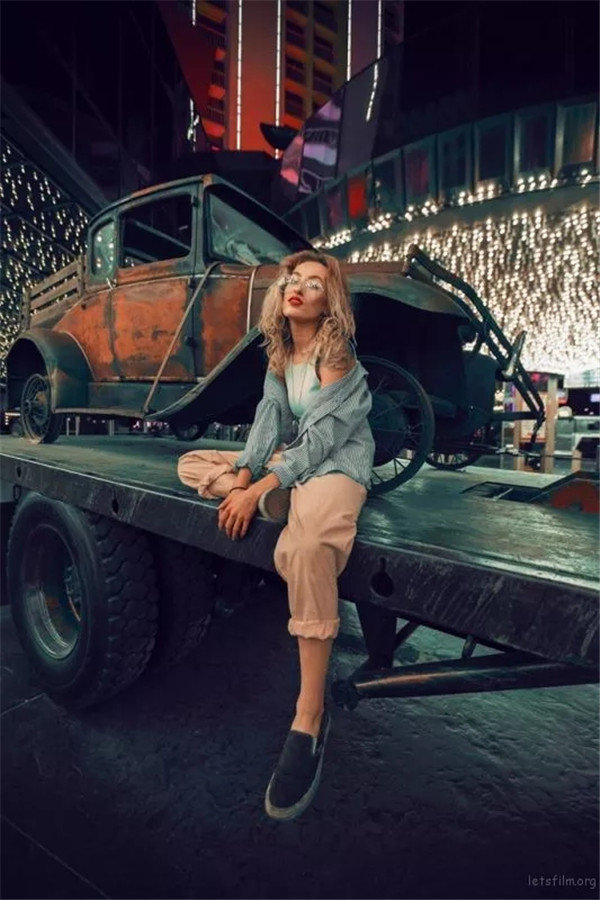
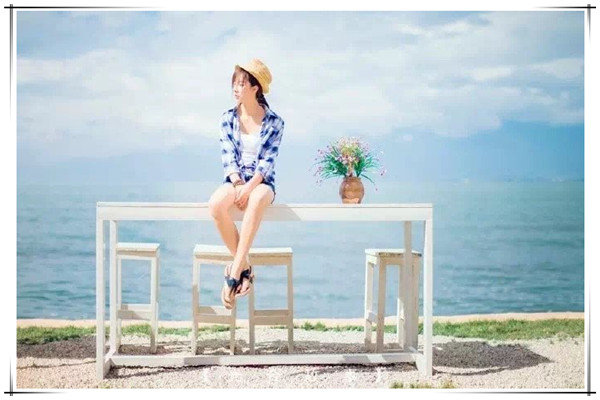
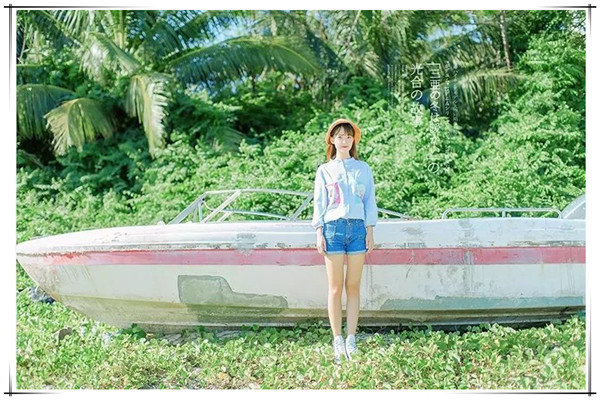
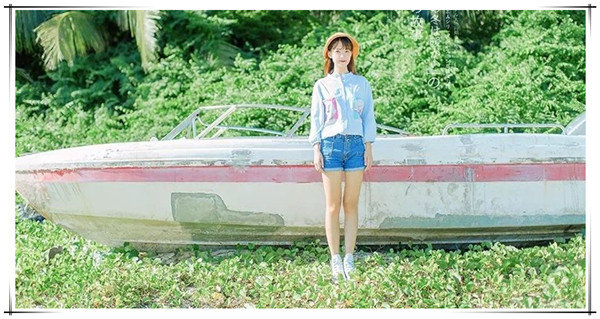
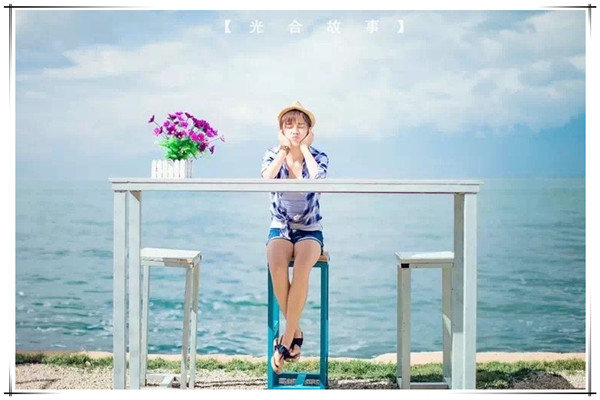
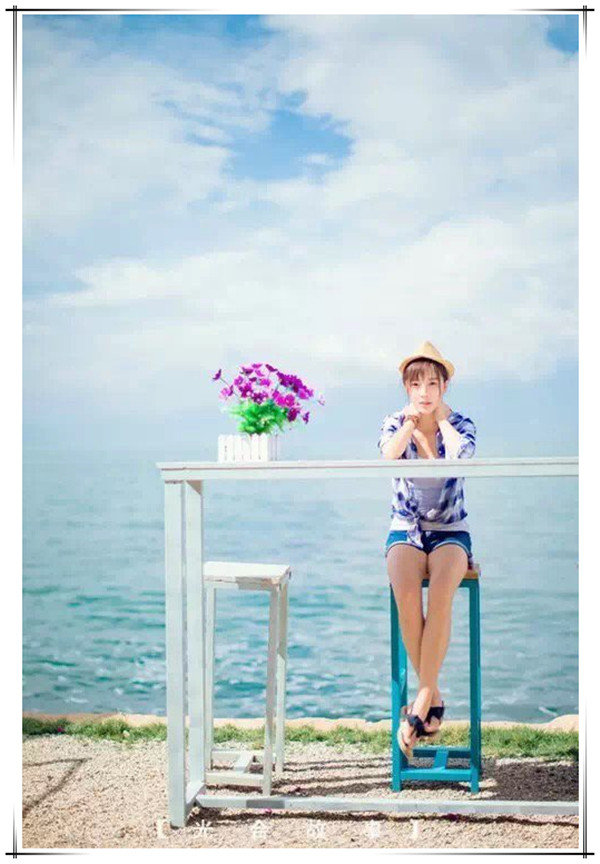 In the above two photos, the framing is actually the same, but I will make the viewer have a different feeling by changing the horizontal composition and vertical composition.
In the above two photos, the framing is actually the same, but I will make the viewer have a different feeling by changing the horizontal composition and vertical composition.
